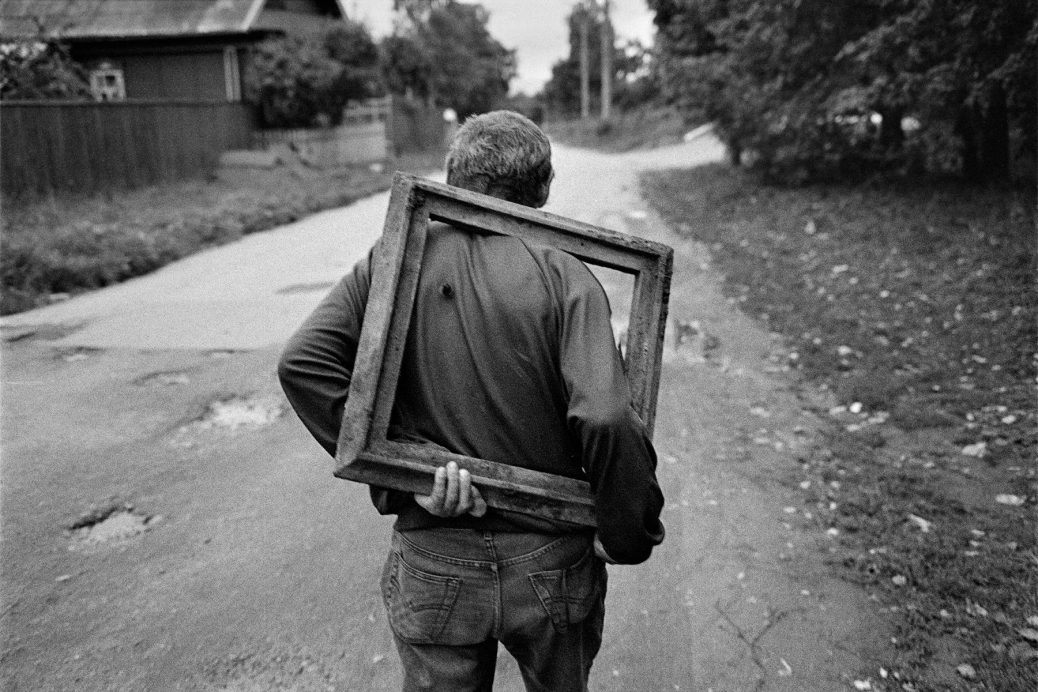Exibart Street Finalist Emil Gataullin Interview
Dear Emil
first of all congratulations! You are one of the 9 finalists of the second Exibart Street Contest.
We received thousands of images from more than 100 countries all over the world, it’s an important result!
How do you feel about it?
I’m very happy. This is an honor and a great motivation for me.
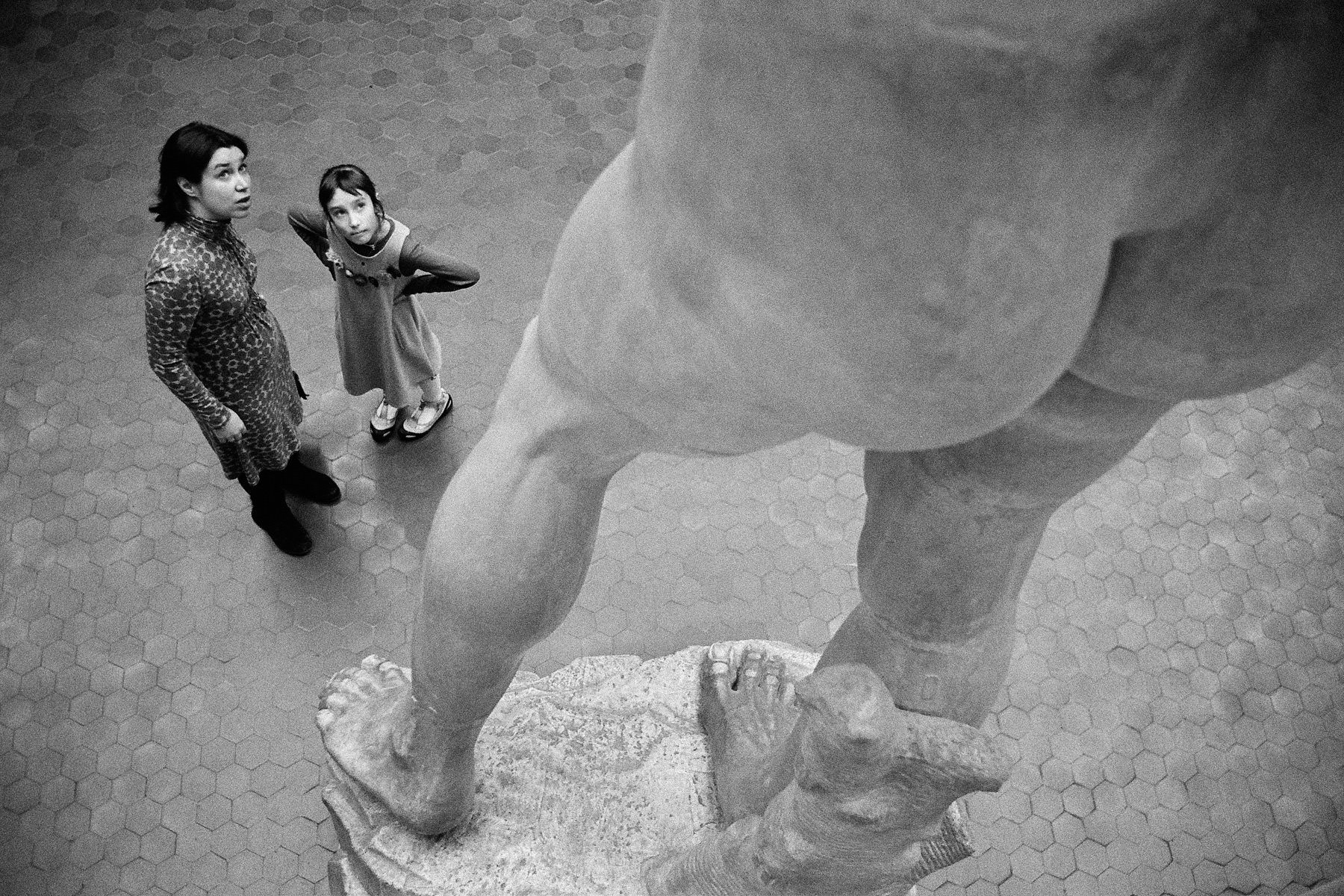
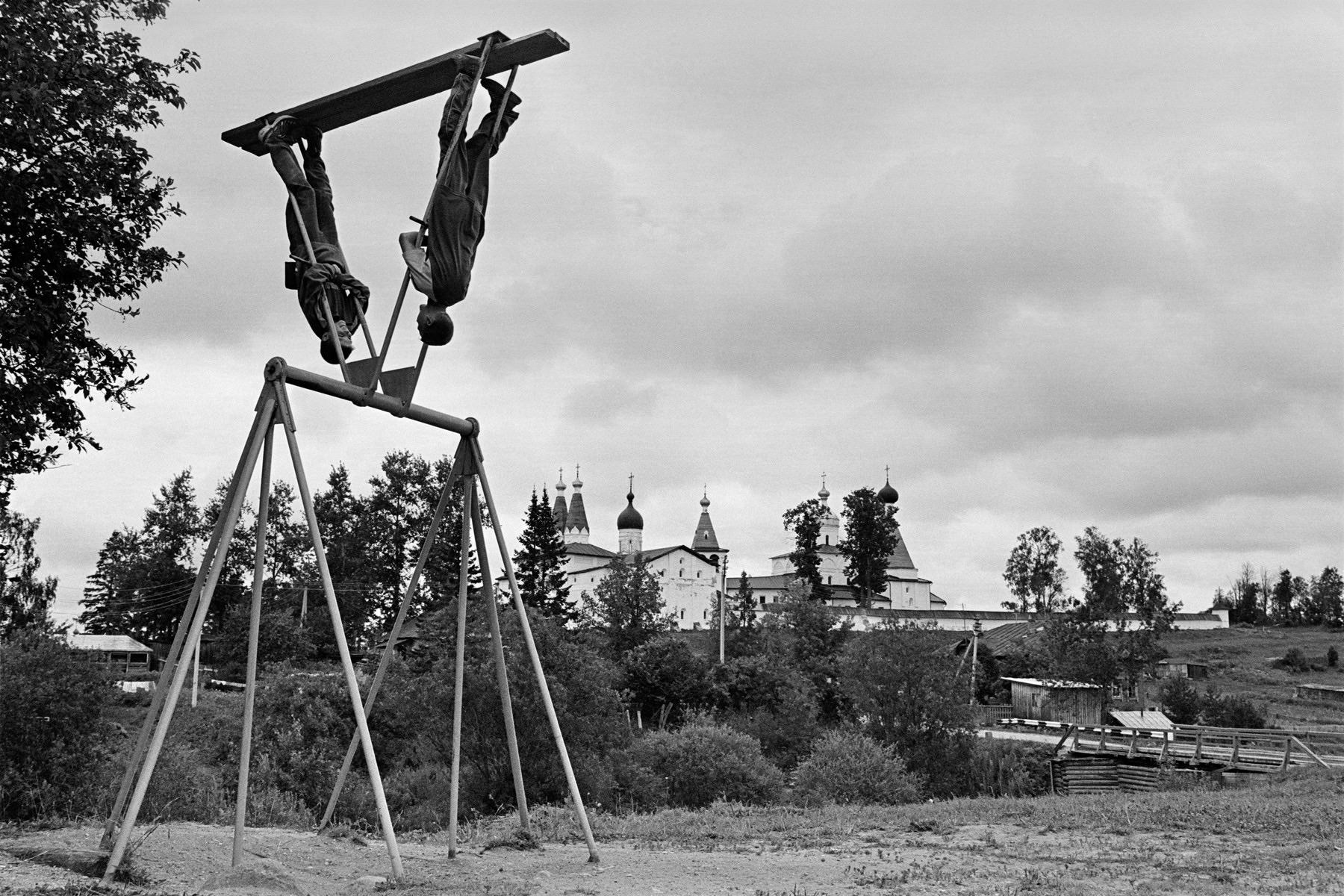
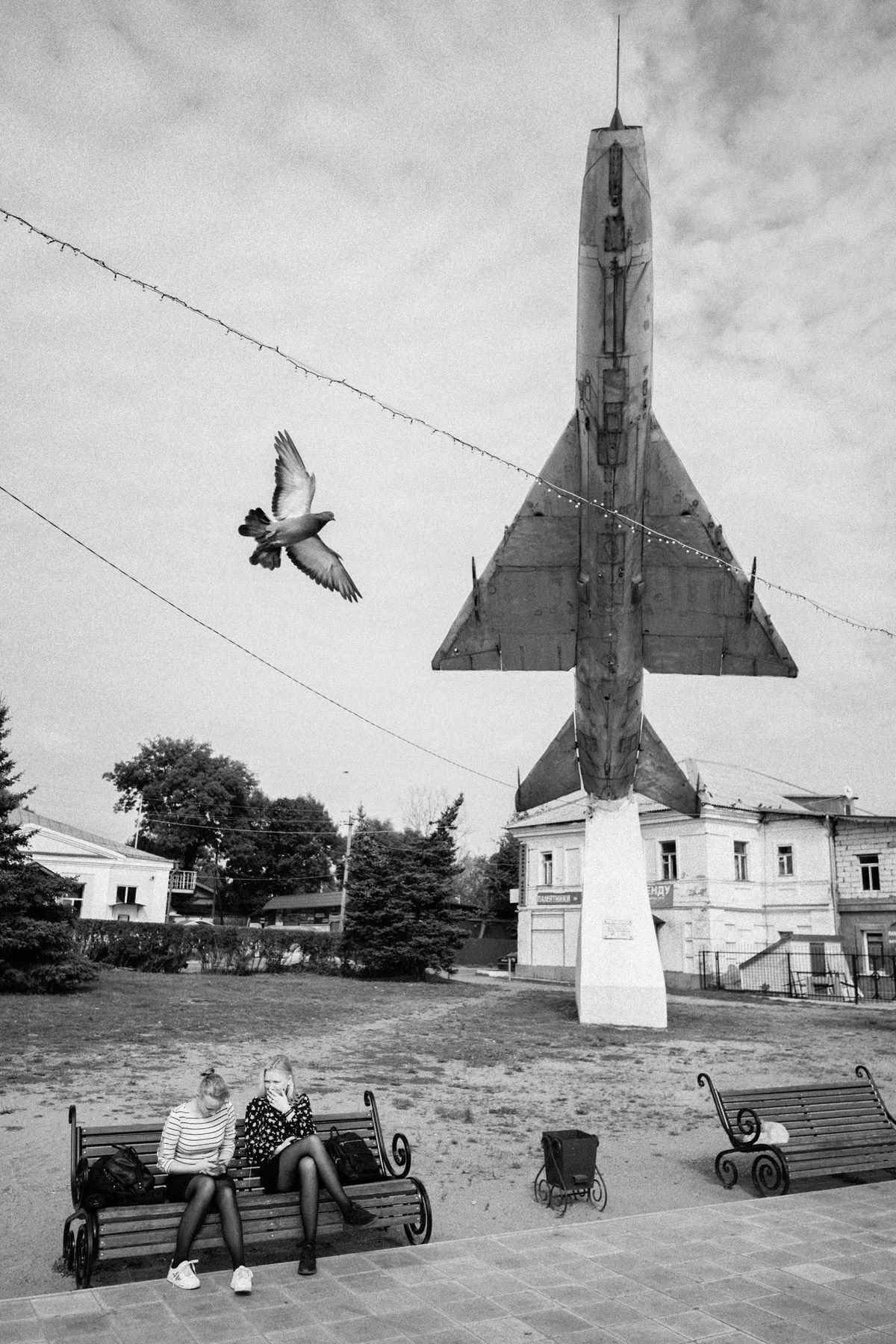
Can you tell something about yourself?
I’m 48, I live with my wife and daughter in Korolyov, a small town just outside of Moscow. I’m an artist by education and spent quite a number of years painting. Photography became part of my life when I was 16, when I got my first camera from my uncle — an old soviet Zenit.
What led you to begin doing street photography in the first place?
My first photographs were landscapes and still lifes, I did not dare to approach people. At that time art and painting were my main focus and, I think, I looked at the world as a painter and not as a photographer. So, even when I went outside with my camera I was looking for scenes closer to classic painting subject matter as if I had canvas and paints with me and not a camera. But, the more I photographed the more my interests shifted towards people and everyday life. To confront my fears, I drove myself out more and more often.
With time I gained experience and worked through my fears to get closer to people. At the same time, I started understanding that I like photography for exactly the reasons that it is different from painting — it can faithfully document reality, its ability to capture a moment, and the role of chance. One can’t always predict how a situation will unfold.
As Siegfried Kracauer said: “Random events are the very meat of snapshots”.
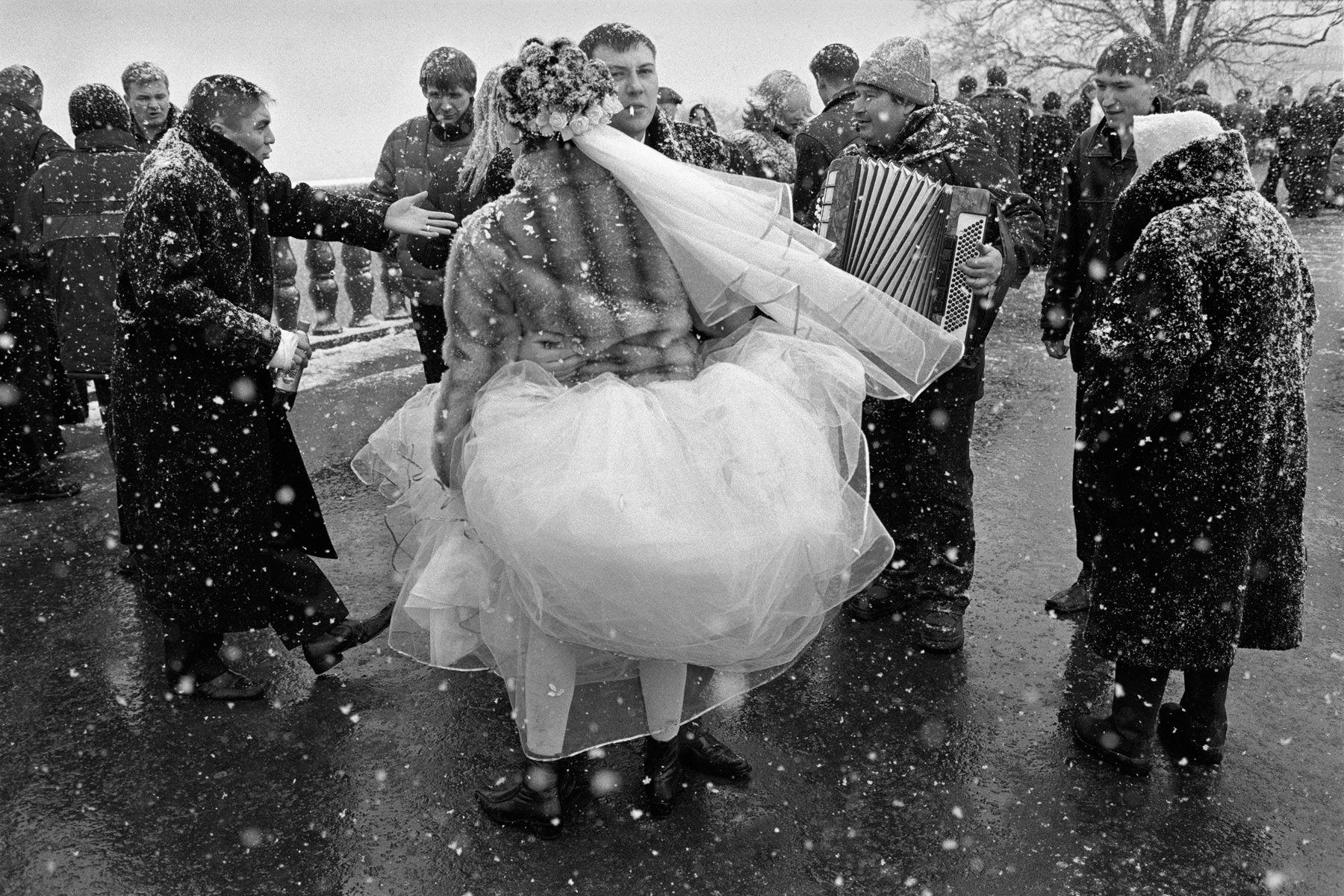
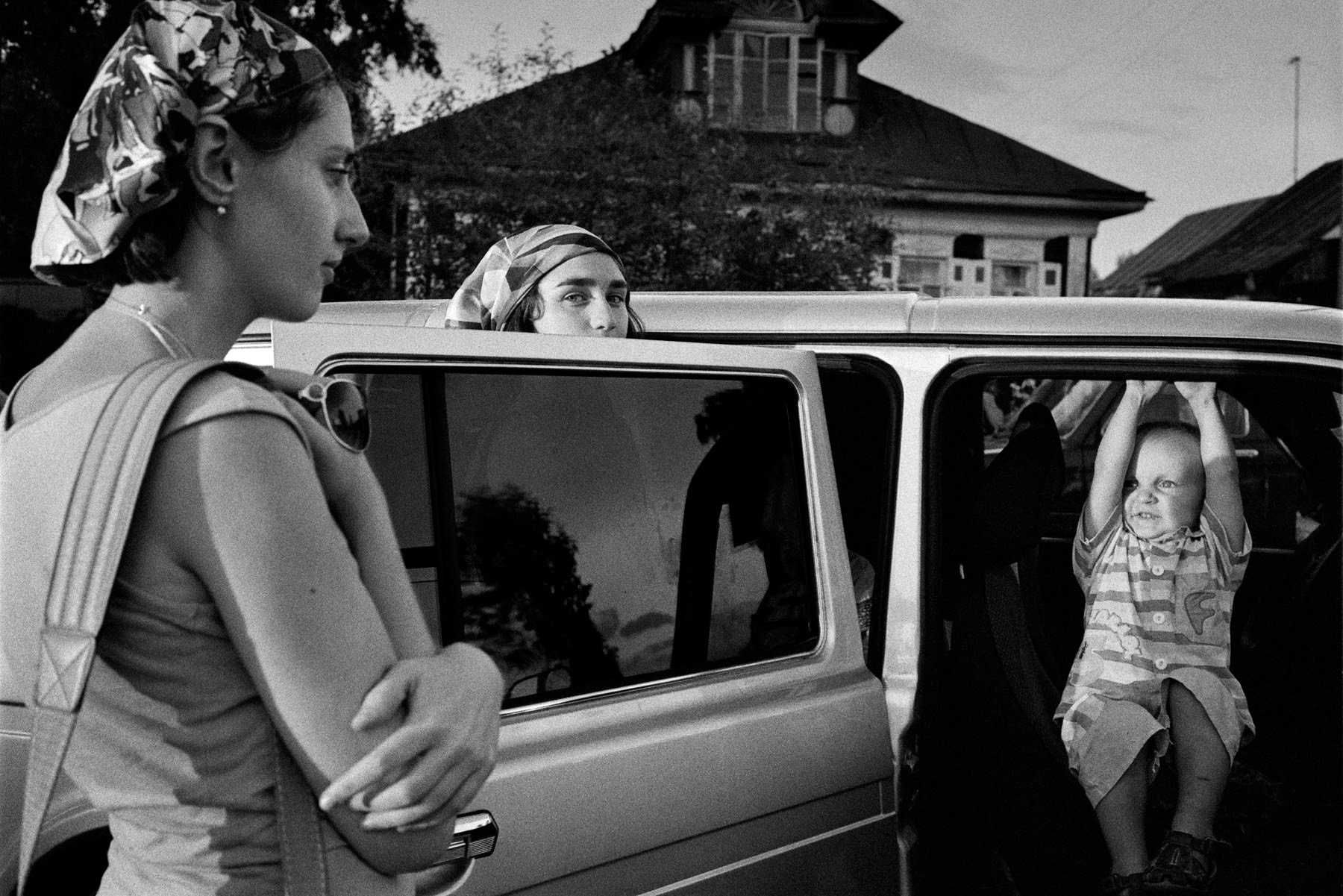
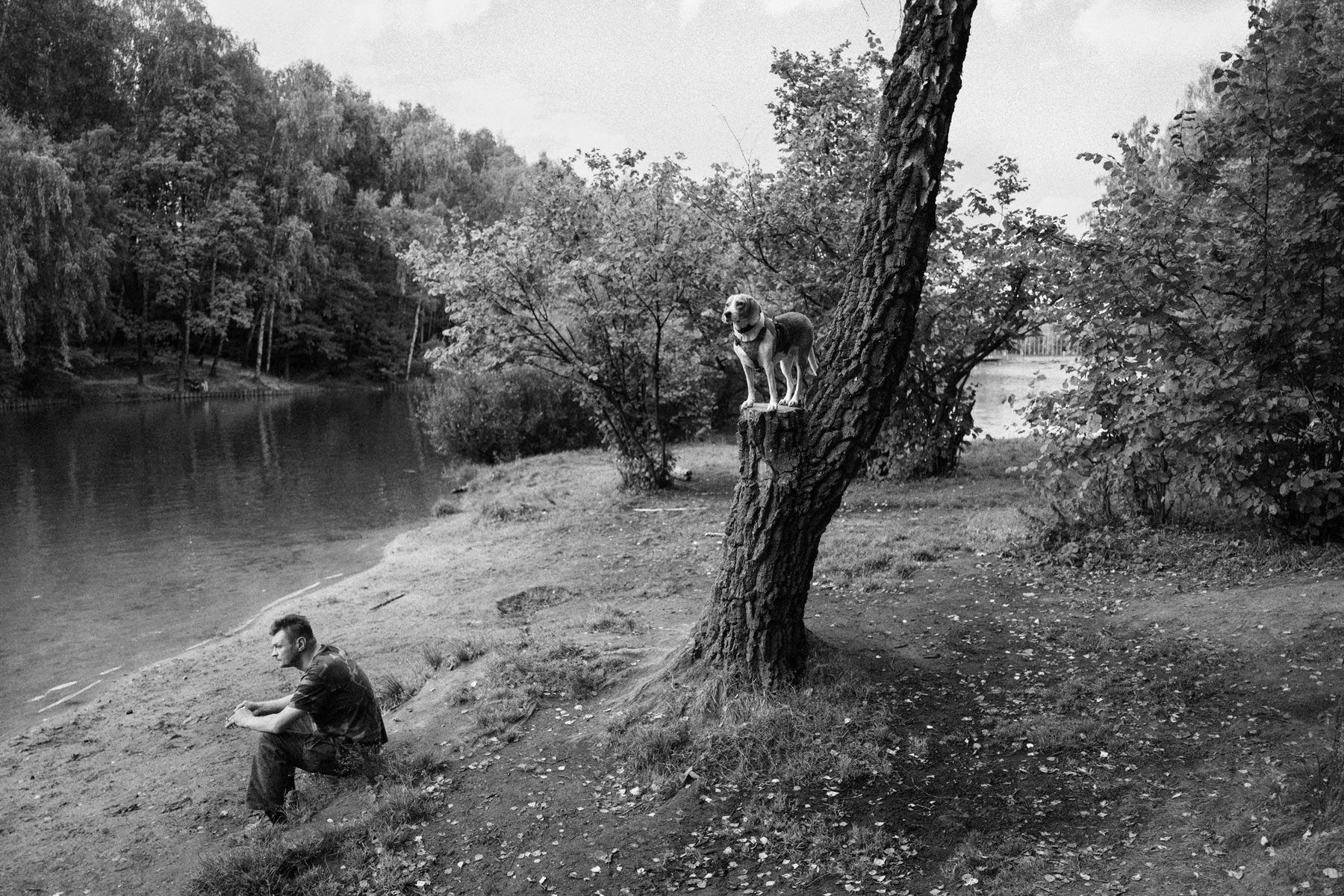
How would you define your photographic style?
I never gave much thought to my own style, or rather, I never consciously searched for it. For me, the process of photography is both a quest for moments that show the beauty of daily life and a search for the means that can express it to the viewer.
Have you ever studied at a photography school or are you a self-taught artist?
I’m an artist by education, I studied at the Kazan Art School and Surikov Moscow State Institute of Art. But then I did study photography with one of the leading Russian photography ideologists, authors, and teachers, Alexander Lapin. I attended his workshops on the language of photographic composition and visual perception.
What kind of equipment do you use and what role, in your opinion, does equipment have in street photography?
I mainly use rangefinder cameras. Back in the film days, I used a Leica M7 and a Bessa R2a, but from 2015 I mostly shoot digital, my main cameras today are Leica’s Q and M10. I like the expression: ”The photographer makes the photograph, not the camera”, but at the same time I think the camera has its role to play. It’s important to me to like the tool I am using, for it to be comfortable. I also prefer small and light cameras.
“The expressive power of a black and white image was more than enough for me. But with time I started feeling like my approach became more and more conservative, even a bit stagnant, I needed new motivation, new perception. Thus, as an experiment, I started shooting in color.”
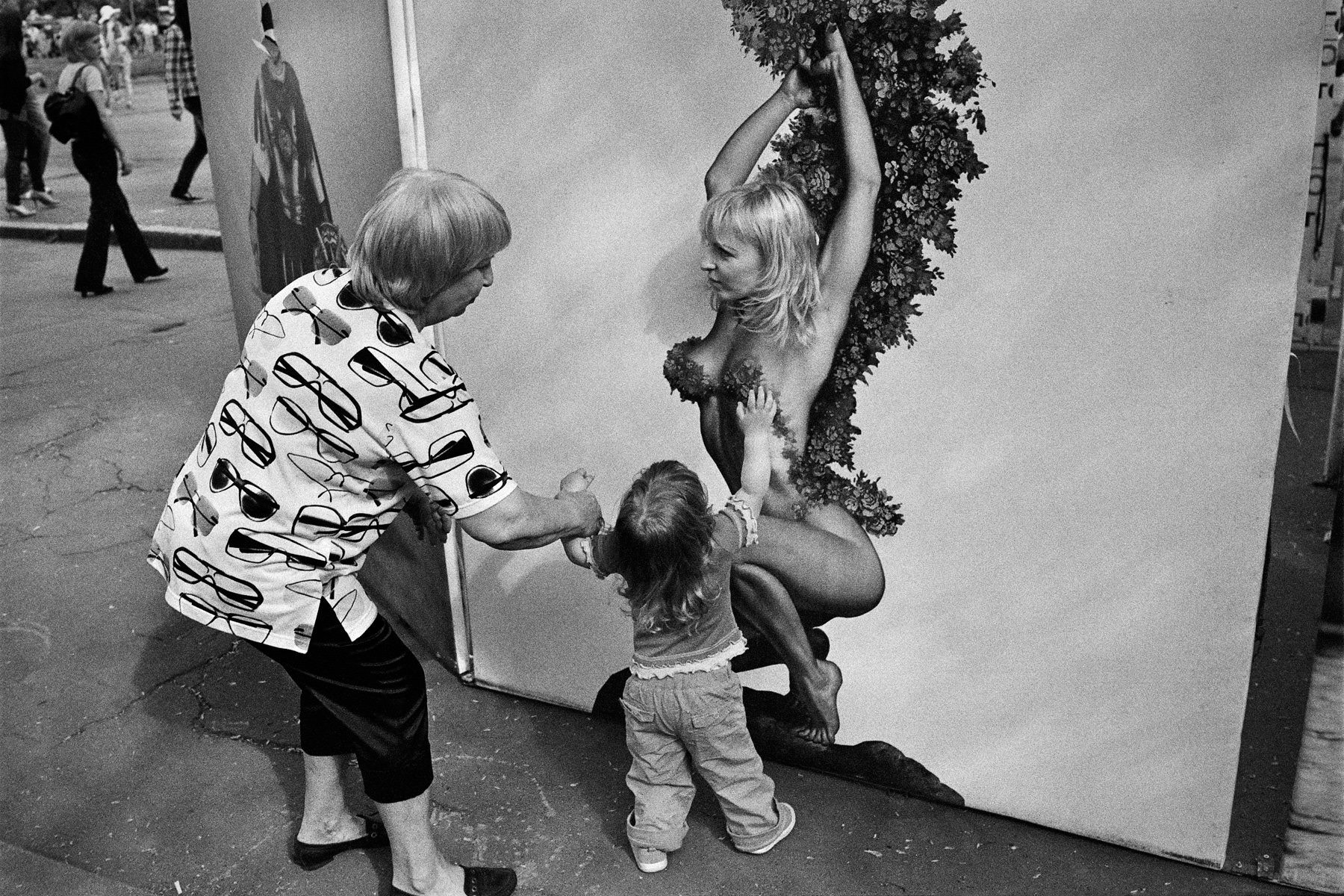
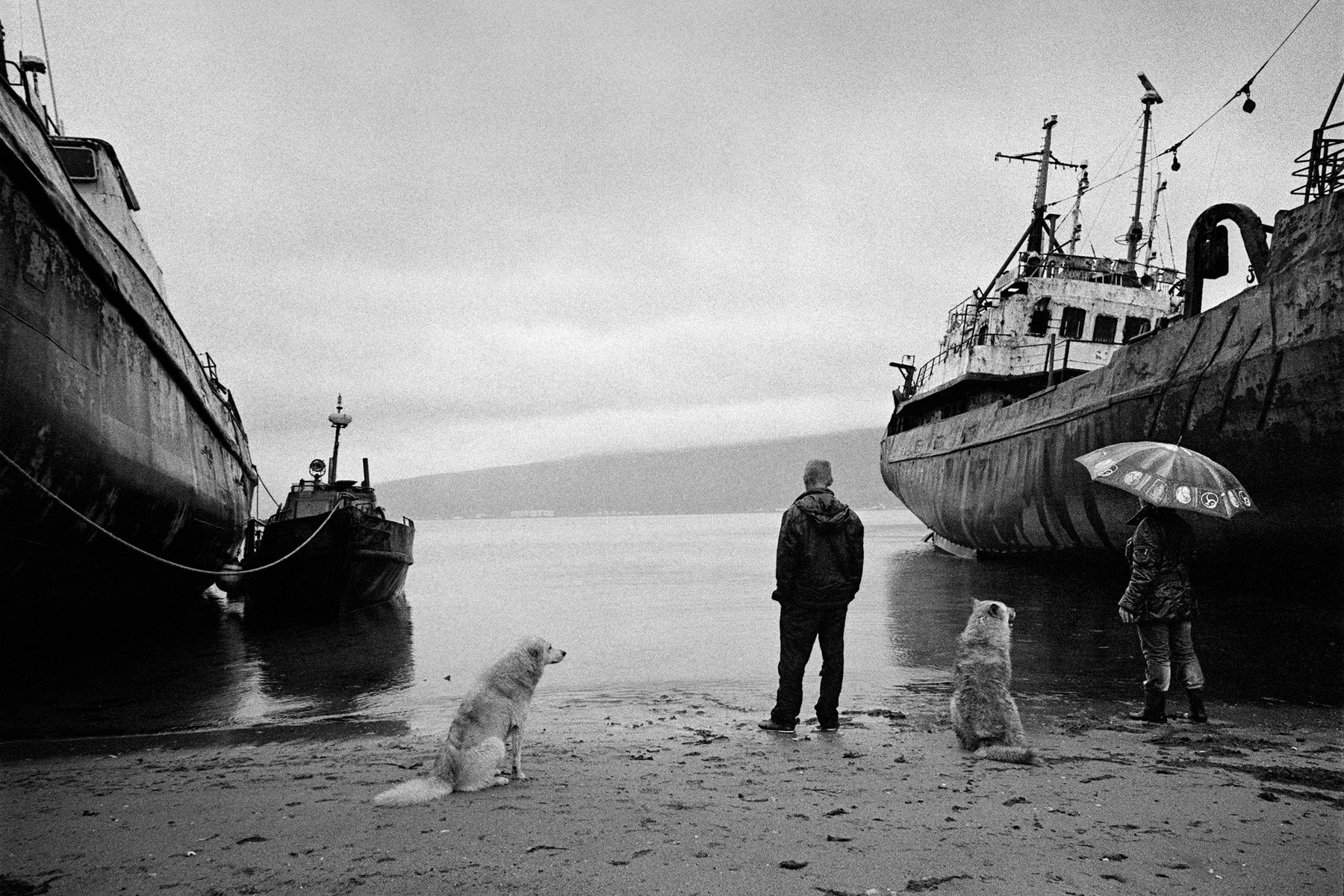
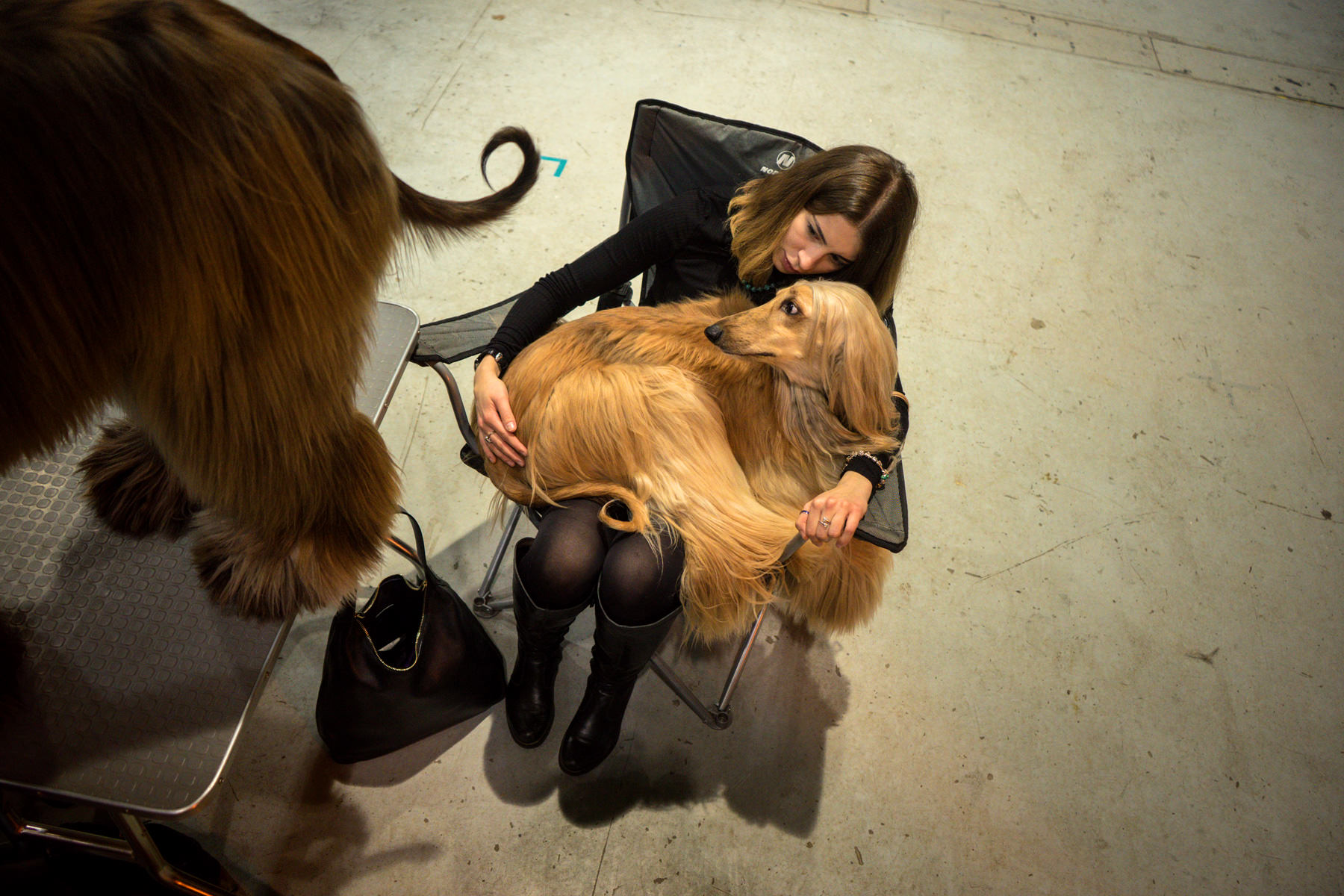
If you had to choose one lens that you would have to be using for the rest of your life, which one would that be and why?
On film, my favorite lens was the 35mm and most of my black and white photographs were made with it. Today I often shoot on the Q’s 28mm and I like it more and more. So I would choose between these two focal lengths.
Do you ever do Street Photography with your smartphone?
No, never. I never do photography with my smartphone.
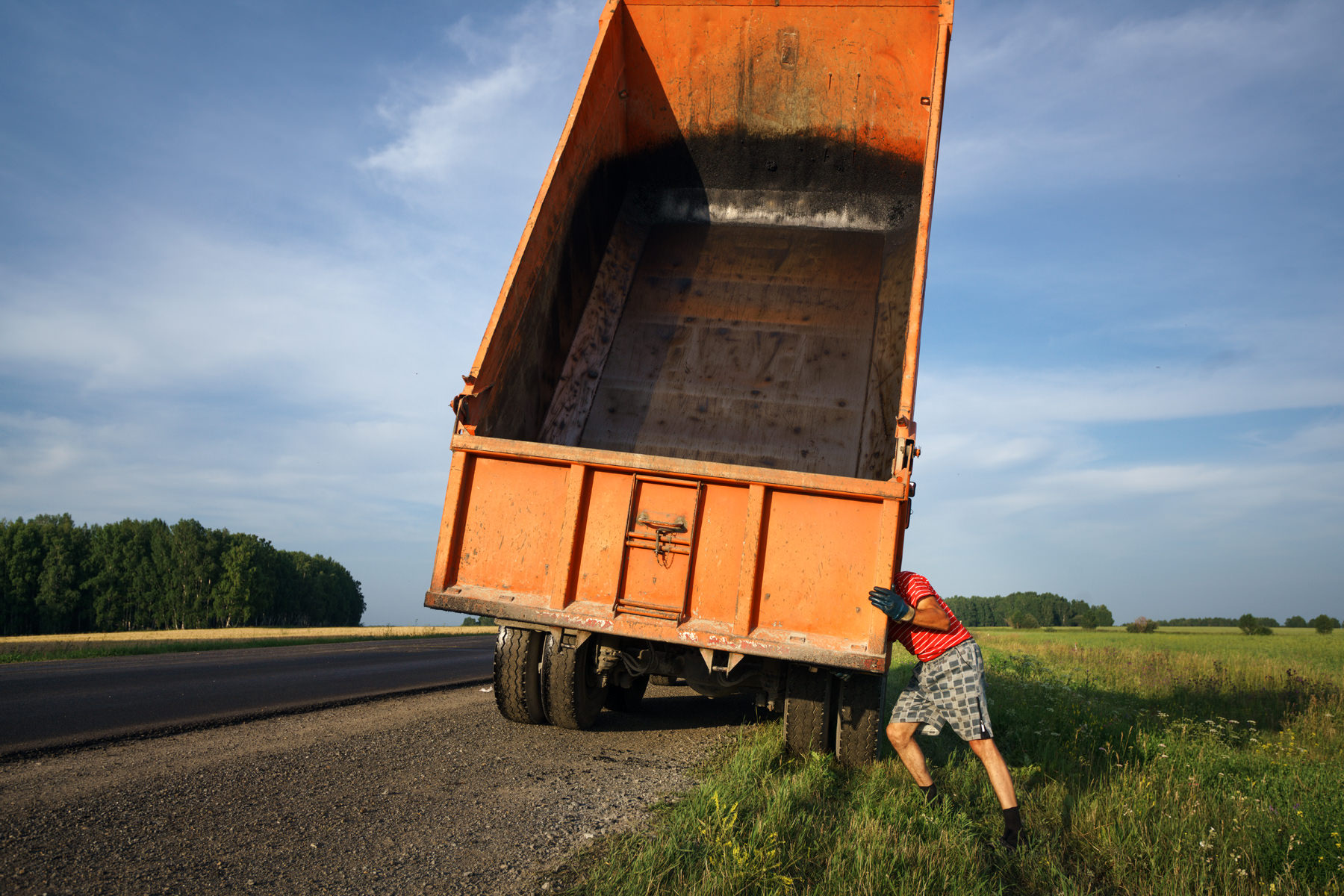
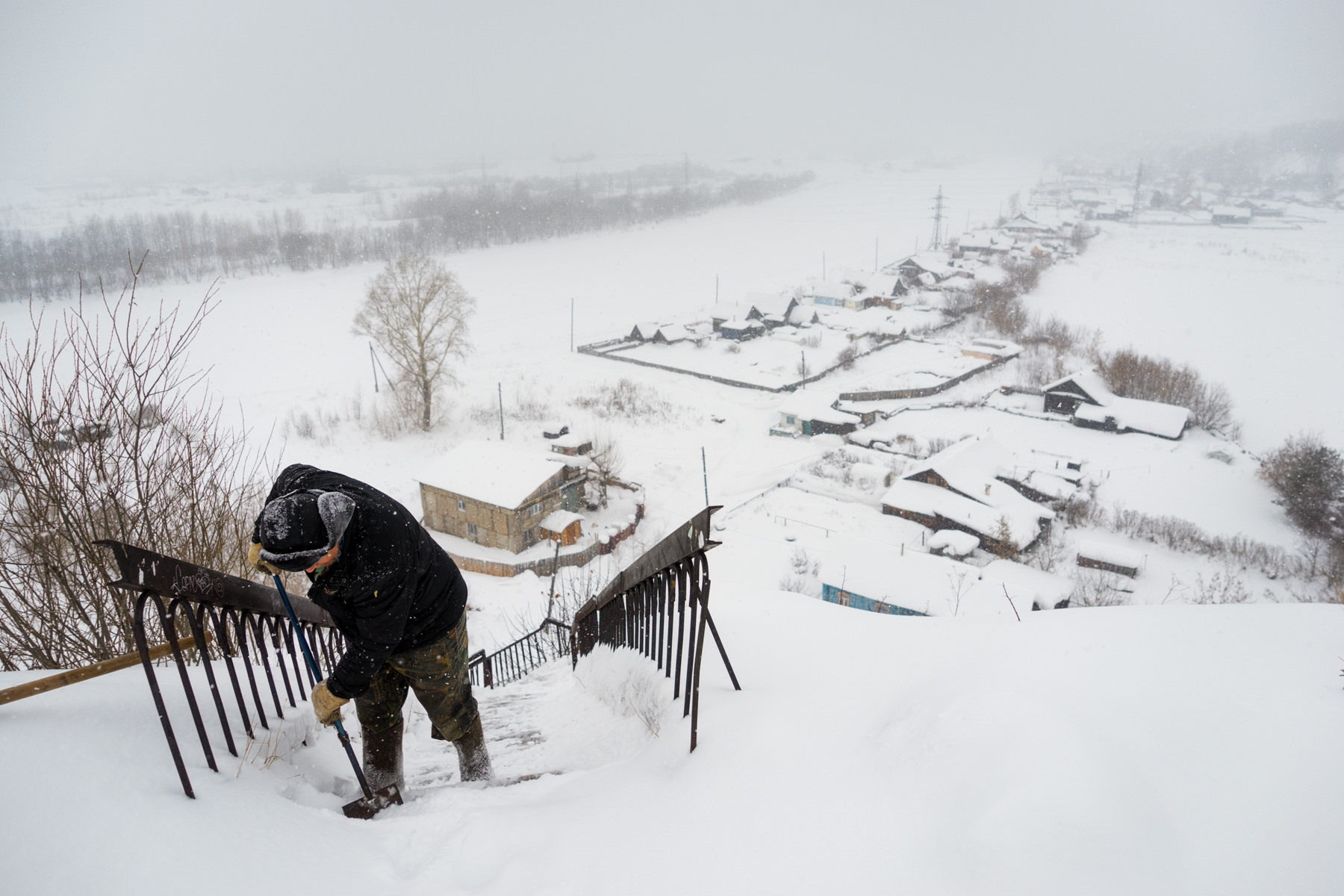
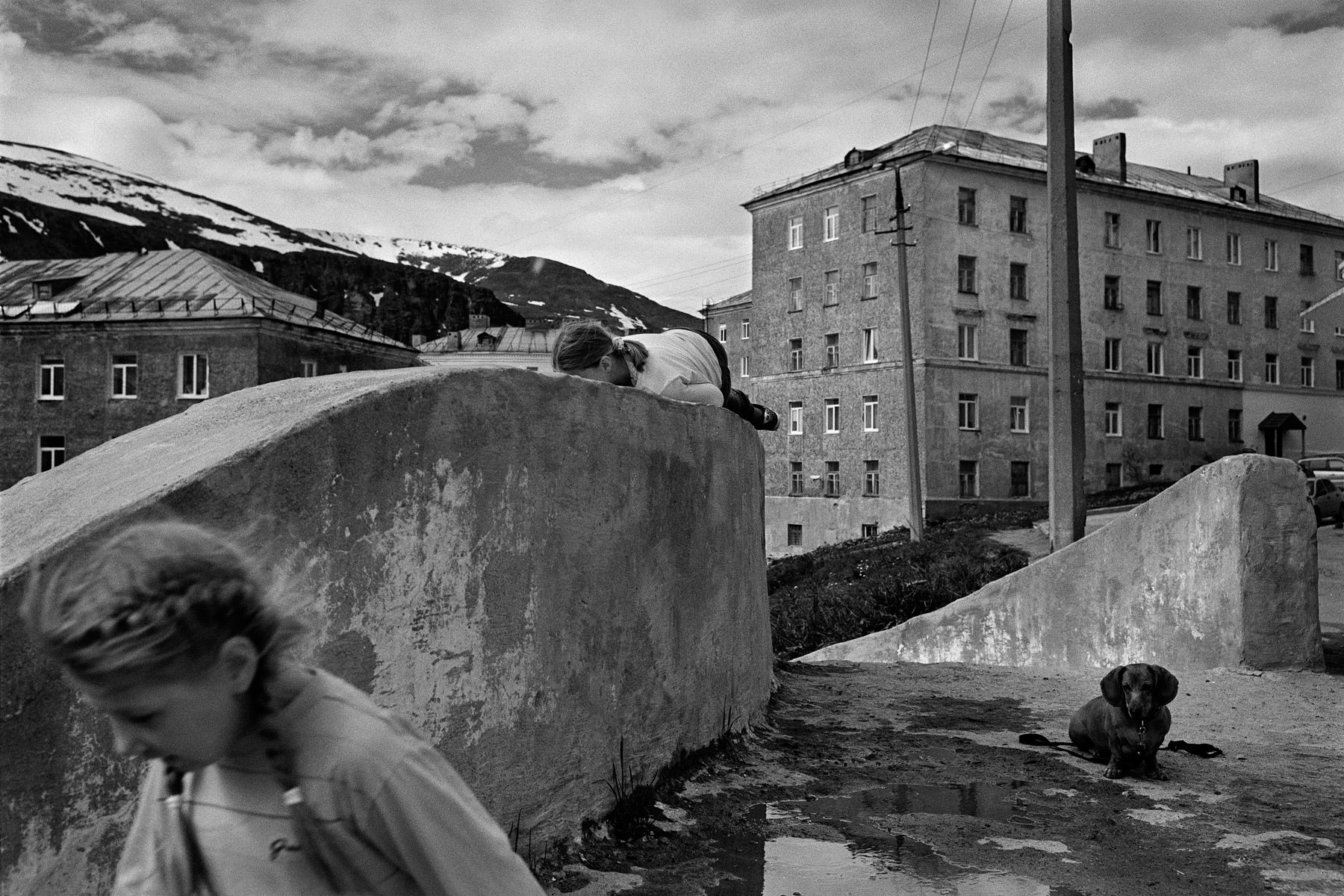
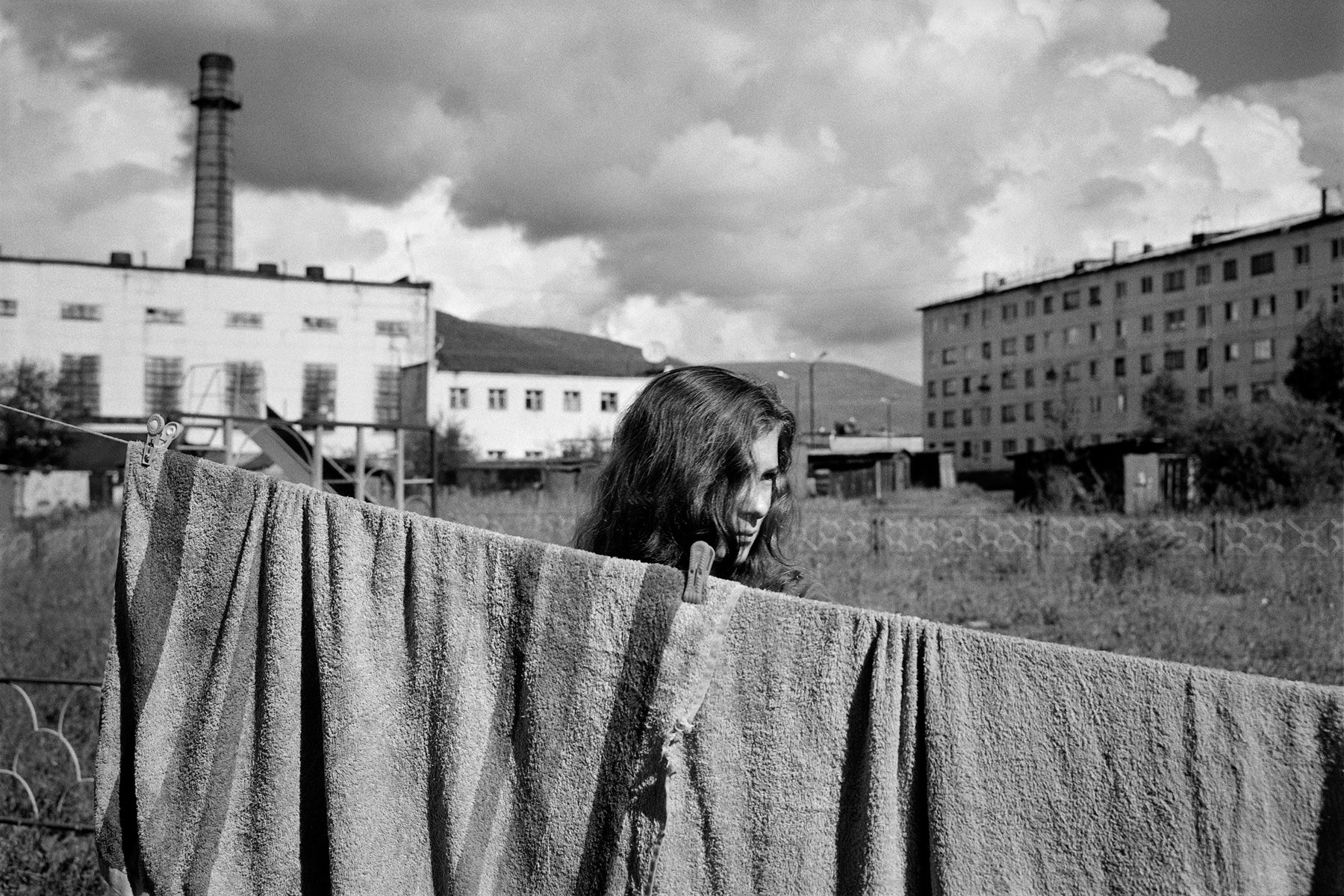
Analog and digital photography. Do you see these as alternatives to one another or the same thing?
Neither, I used to shoot analog (b&w) for years and since 2015 I’m almost exclusively digital (color). For me, analog and digital are two distinct stages.
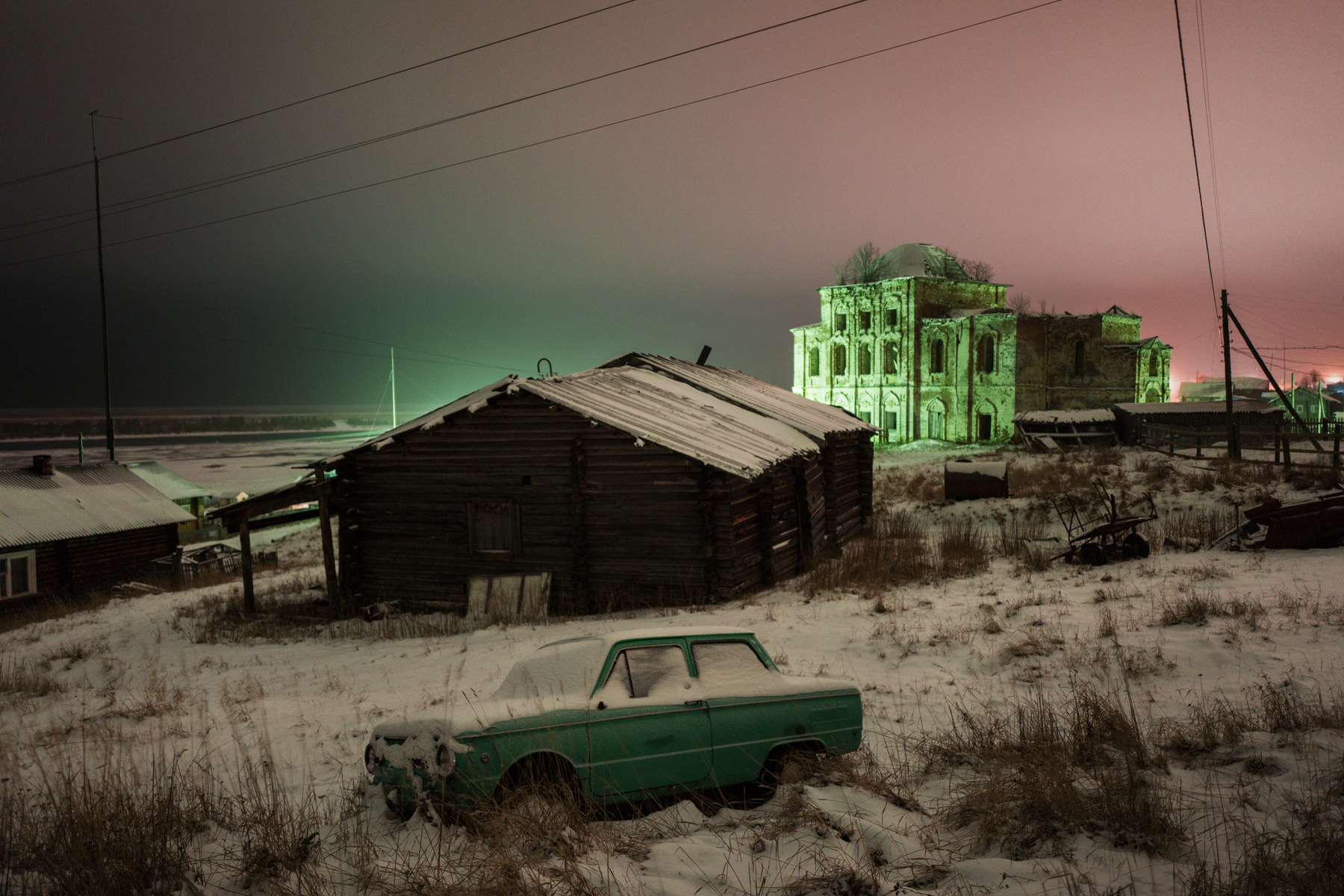
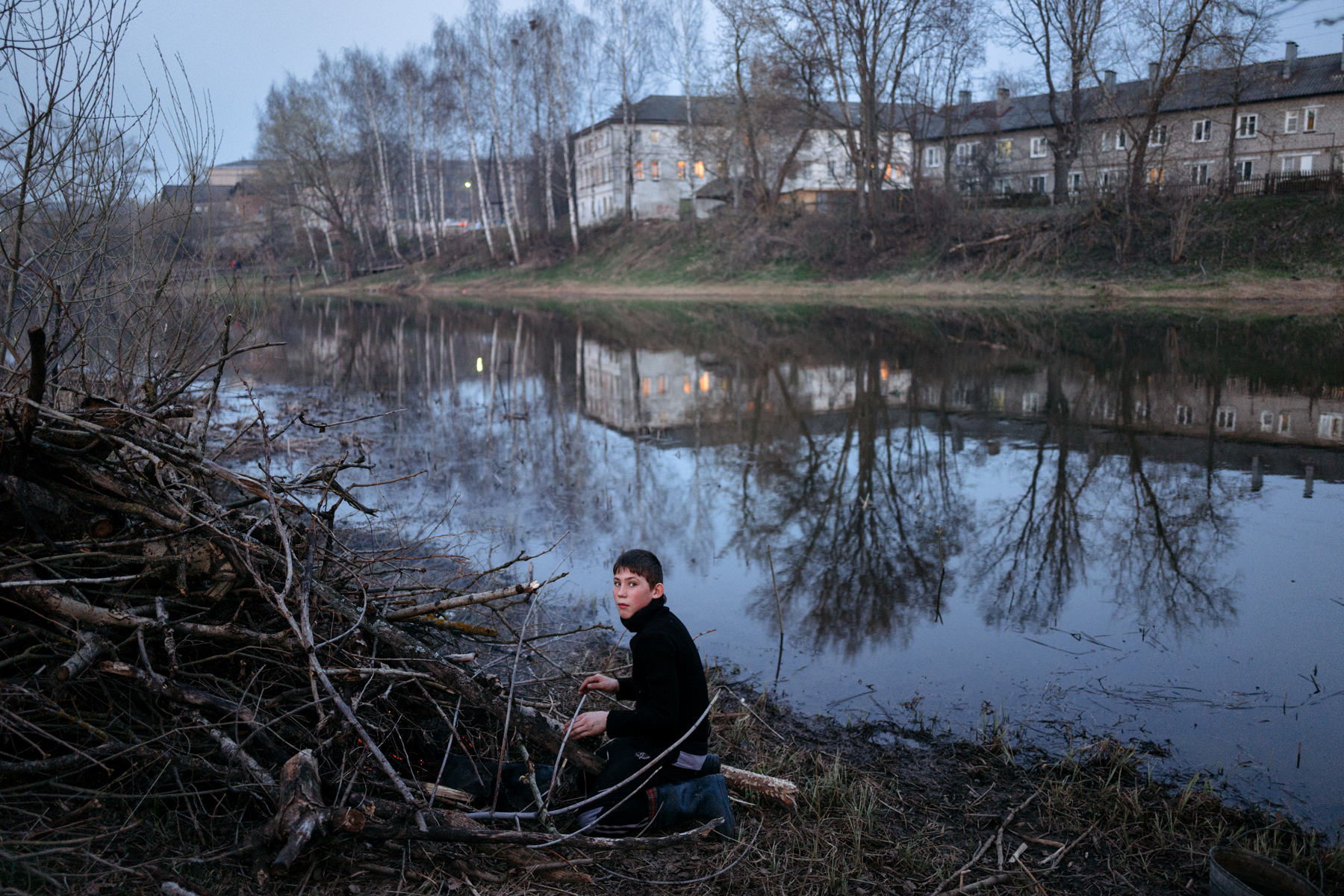
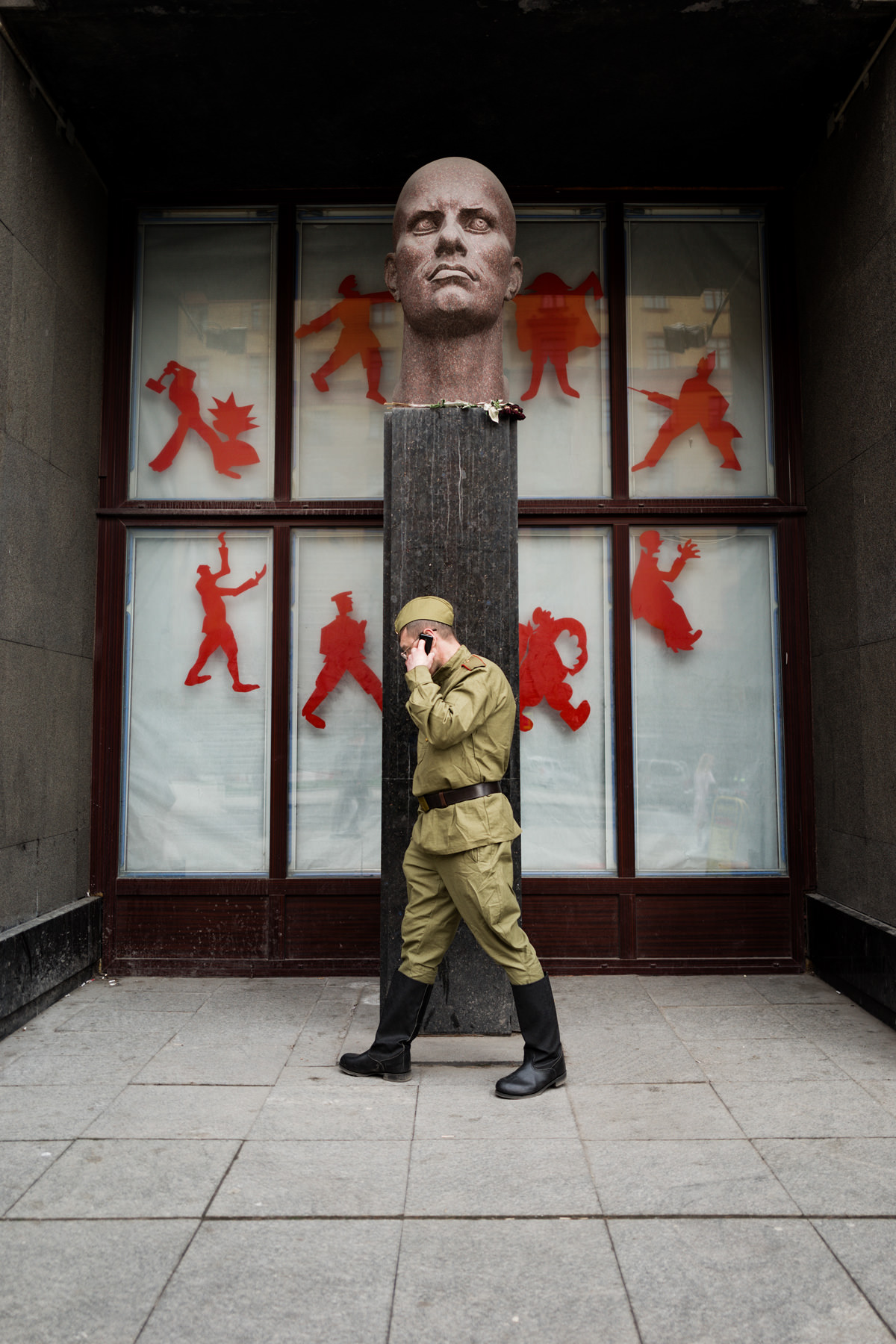
Black and white and color. Two different worlds. You decided to color. Why?
As I mentioned in the previous answer, analog and digital for me are two separate stages. As to black and white vs. color, on analog I almost exclusively shot black and white, in this process, I fully control the image from negative to print, I developed my own film and I still to this day do my own wet printing in the darkroom. When it came to color It was simpler and more practical for me to control the process in digital.
So, as you can see, for me analog/b&w and digital/color are each tightly connected together and I can’t talk about the media outside the context of its language and vice versa.
Now to the motivation, for over 20 years I shot black and white in analog and I simply did not feel a need for color. The expressive power of a black and white image was more than enough for me. But with time I started feeling like my approach became more and more conservative, even a bit stagnant, I needed new motivation, new perception. Thus, as an experiment, I started shooting in color. And gradually color completely took over, so since 2015 I shoot almost exclusively in color. In fact, I can’t remember when was the last time I shot black and white film.
Is there a country or a city that you like to photograph more than others?
As I mentioned before, I live in the outskirts of Moscow, but in spite of that, I rarely photograph there. I feel alienated by the rhythms and hassle of the big city. I prefer the quiet life of the Russian provinces and the people there. That’s why I grasp at every opportunity to go as far away from the capital as possible and prefer the small towns and villages in the countryside. This is where I look for inspiration for my work. Russian province isn’t just a place I love, it is my connection to my childhood memories, to my past, to my grandmother’s house where I first looked through my camera.
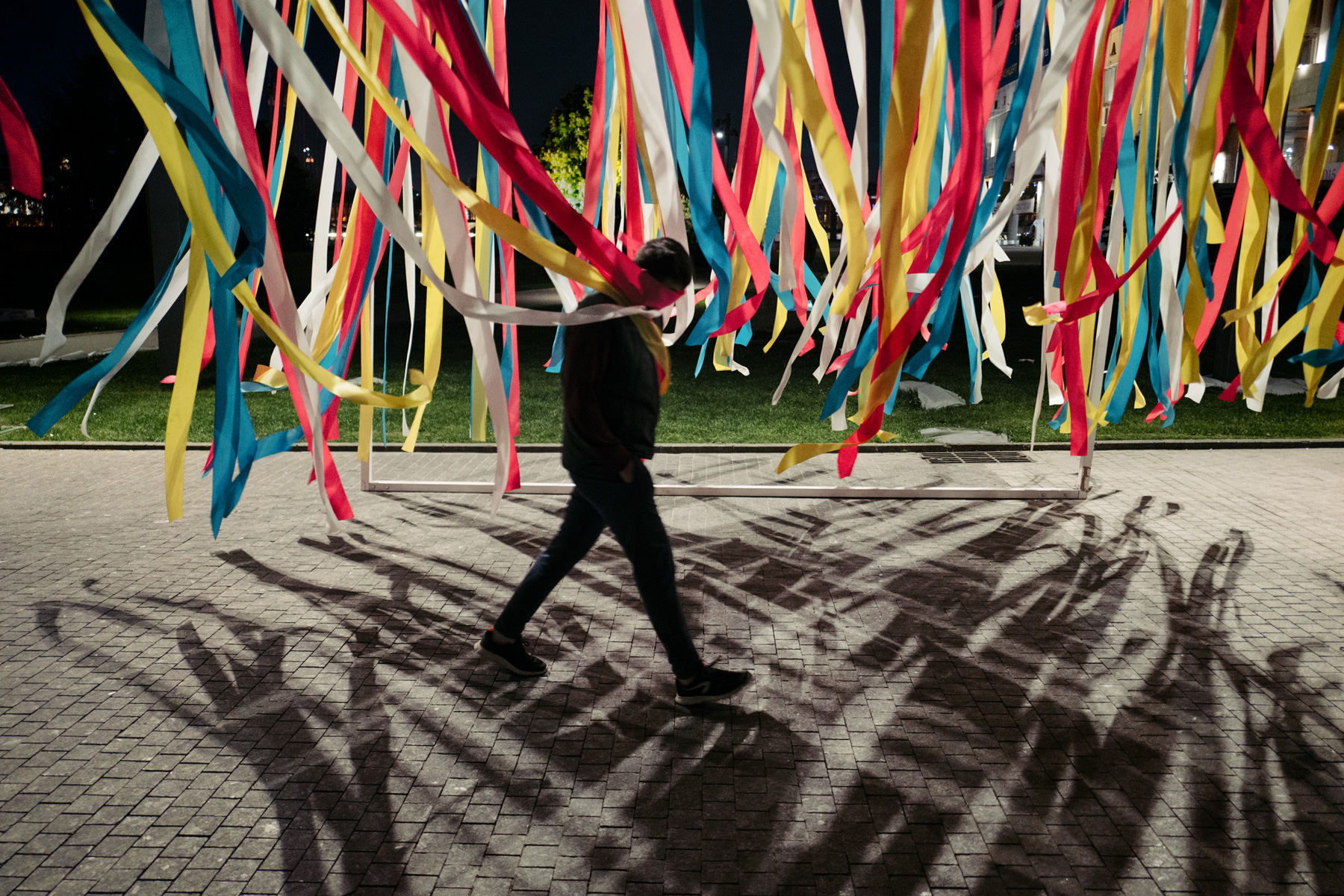
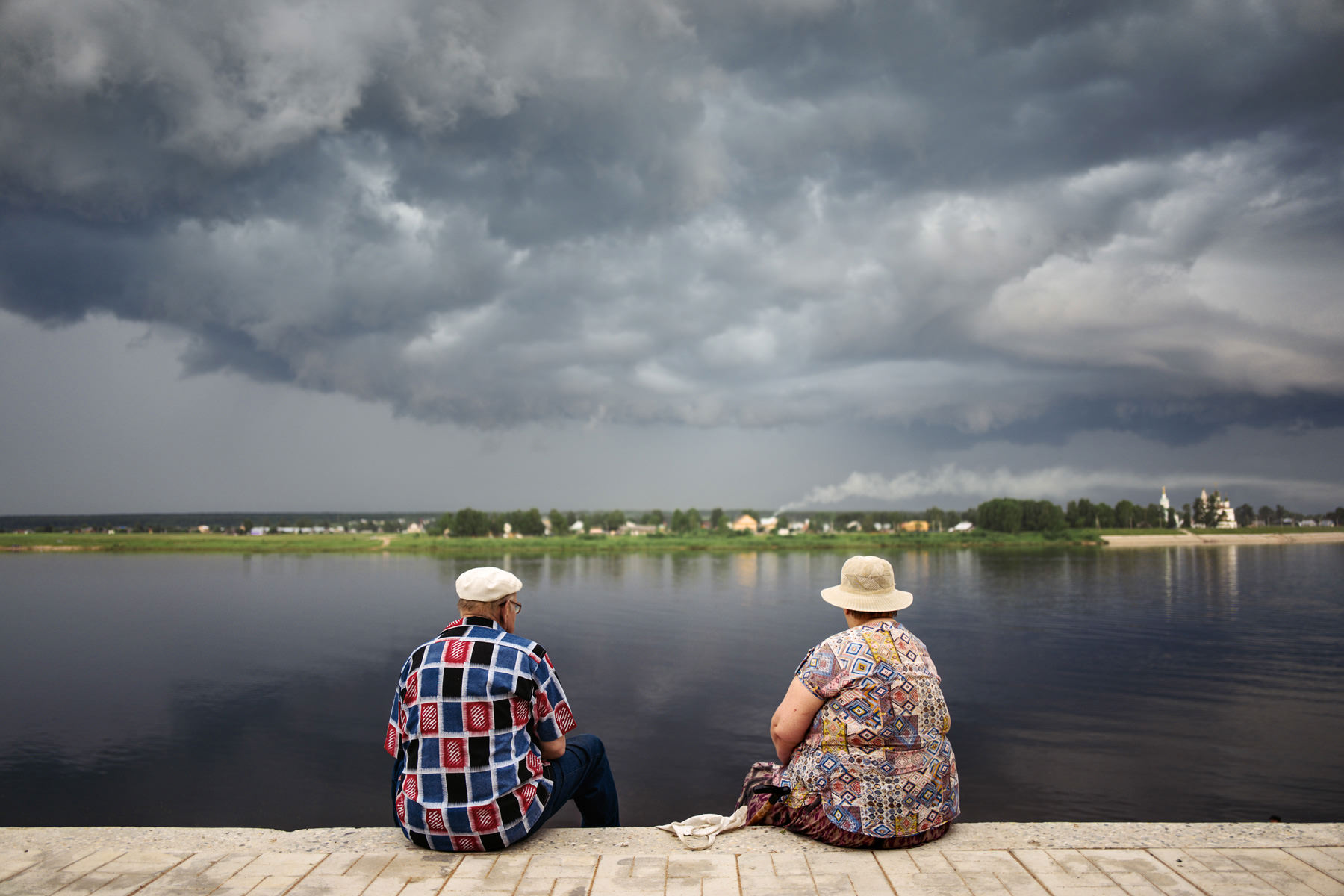
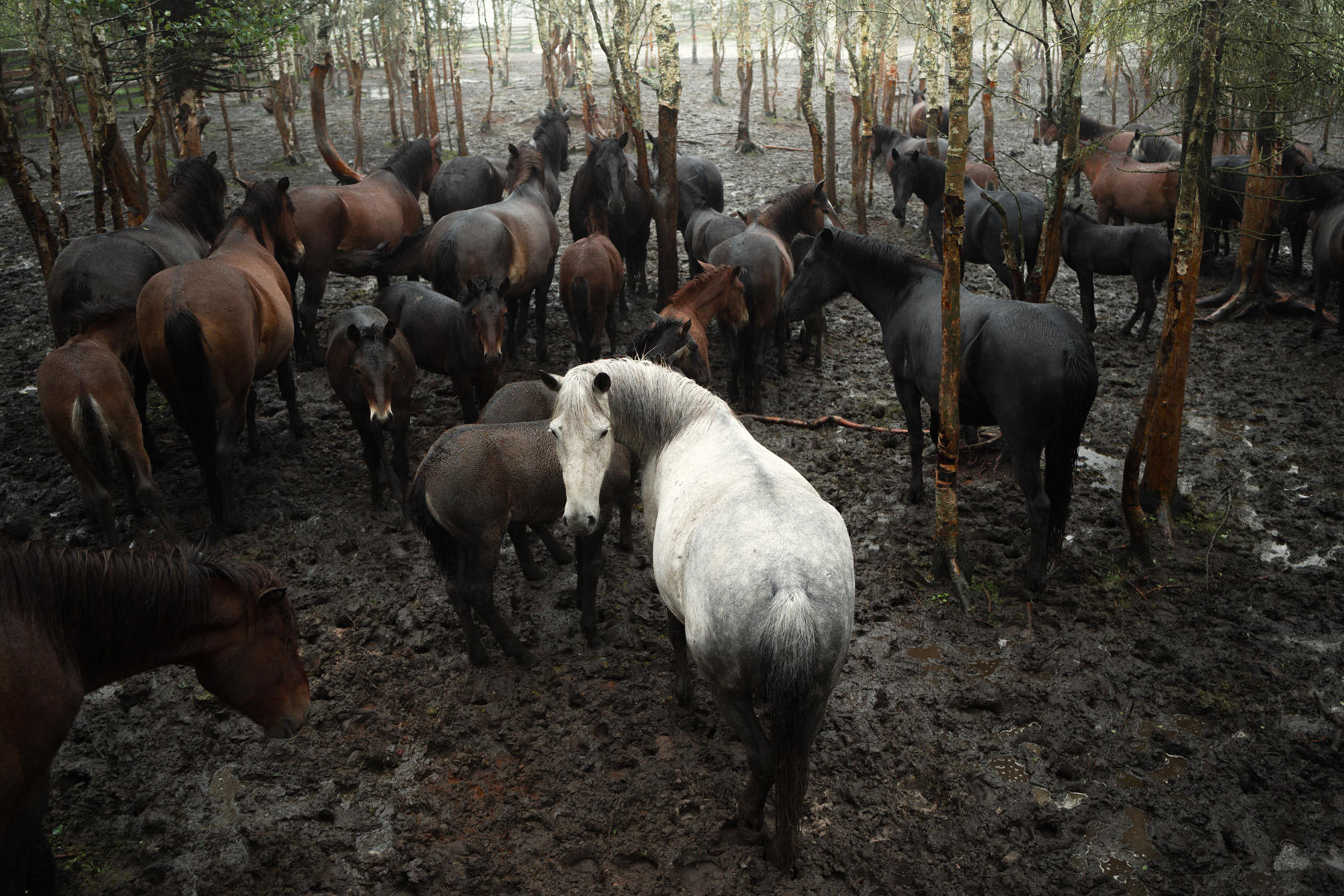
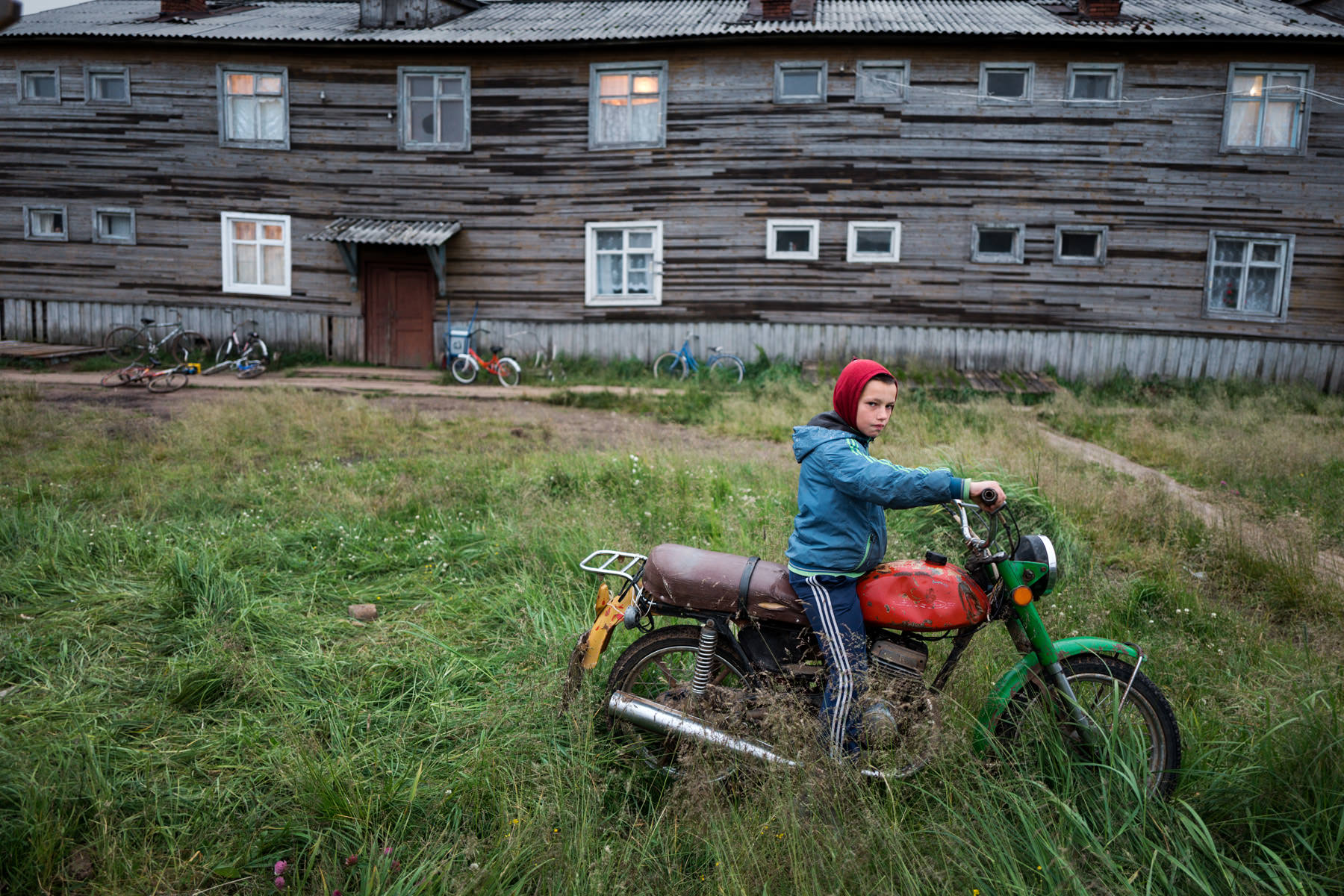
In the last couple of years street photography has grown a lot. What do you think is the reason for that?
I think the reason is that photography got a lot more accessible to the absolute majority of people mainly because of the popularization of digital and smartphones. Today everyone takes photographs and the most accessible place to photograph around us is the street.
Shooting street photography it’s not always a simple thing, in the various situations that may arise sometimes people overreact to street photographers or sometimes some street photographers are invasive: what is your approach in street photography?
I prefer to be quiet, discreet, not getting involved in the situation, watching and waiting for the right moment. Usually, people react positively to me photographing them, if they notice what I’m doing, friction is very rare. Most of the time I do not ask for permission, and if I do, it’s only in cases where I see that it is needed to get the shot I want or to avoid aggression.
You also have to note here that the culture and people in Russia are quite different to the west, the majority of interactions, especially in the province are built mostly on mutual respect rather than on tolerance.
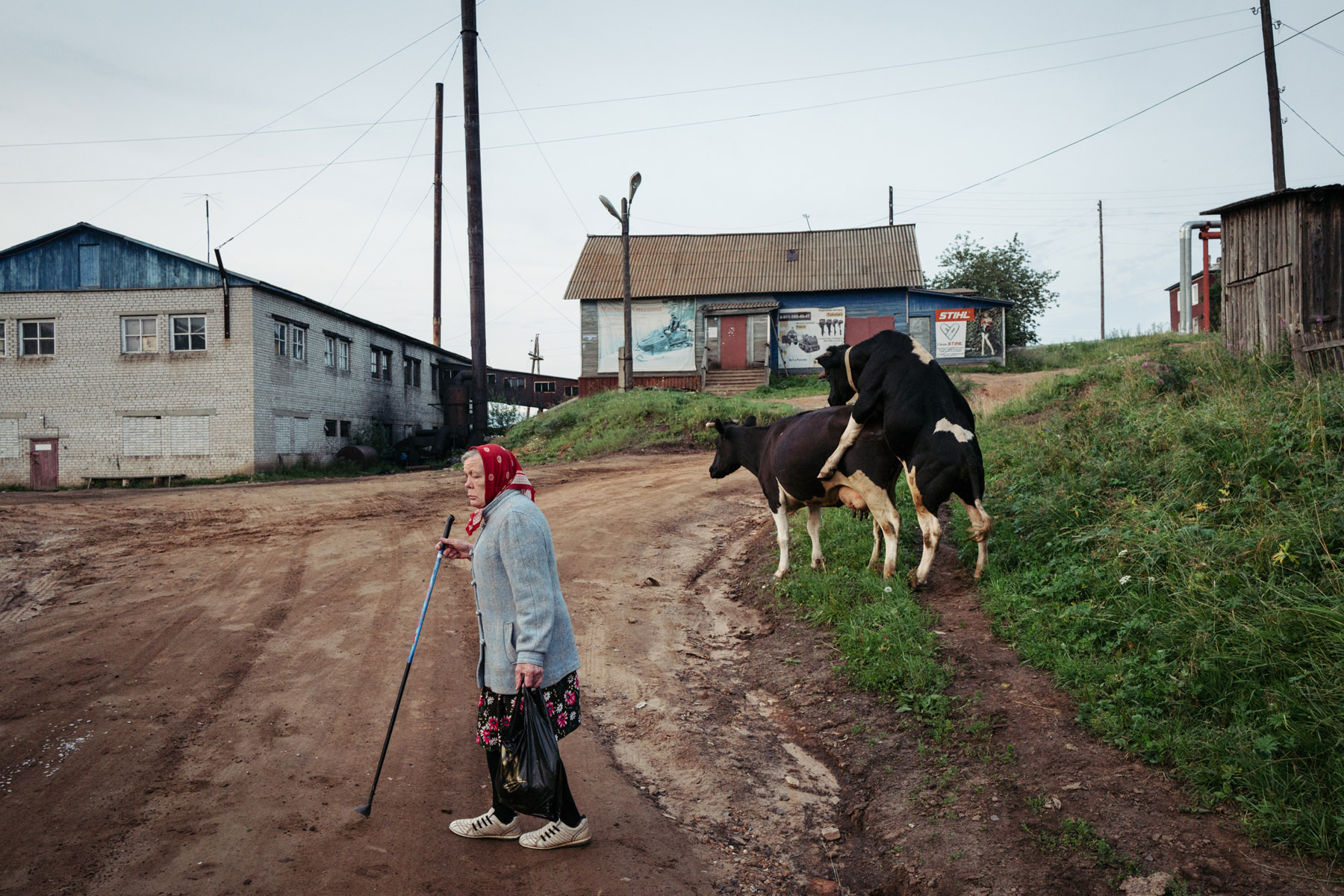
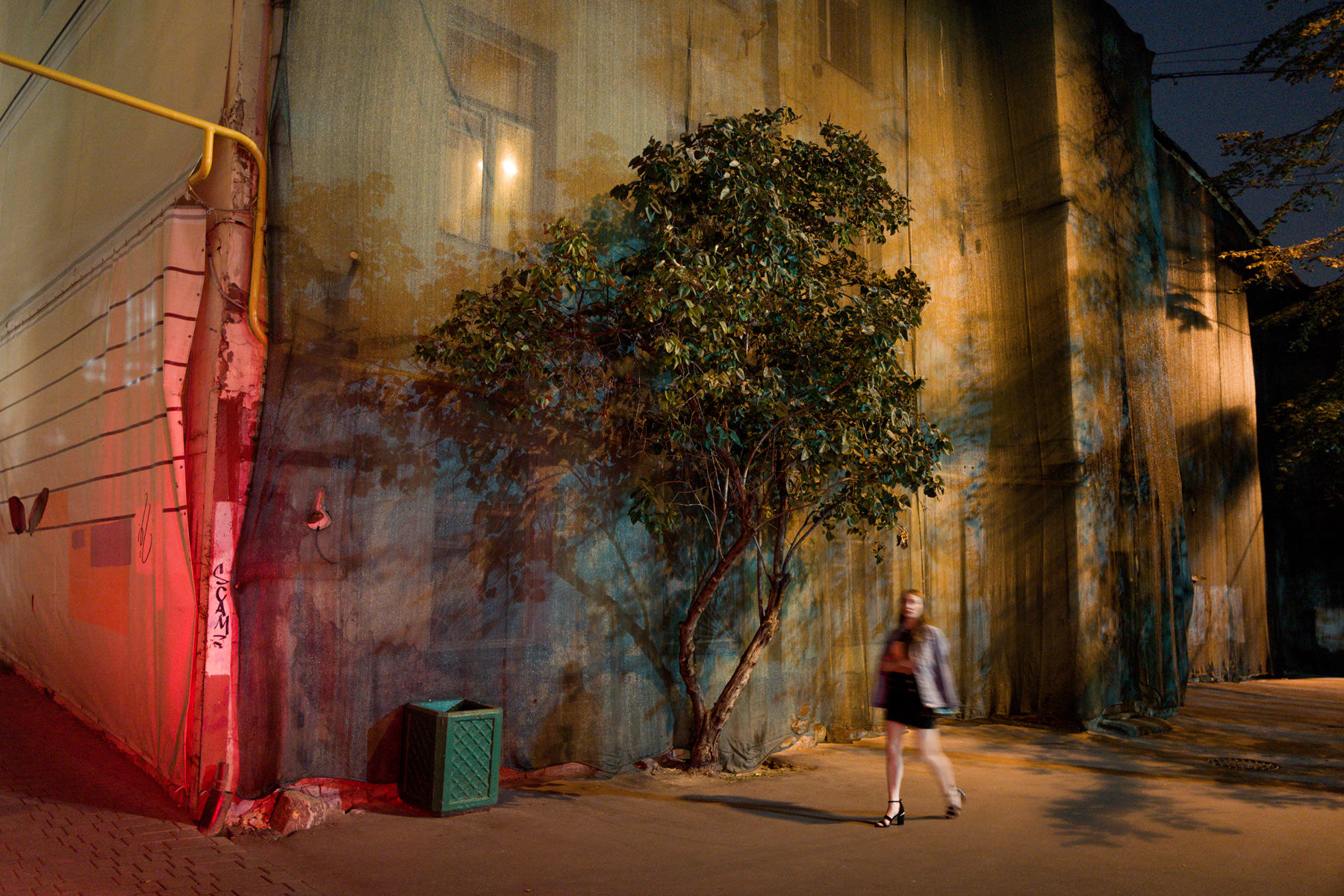
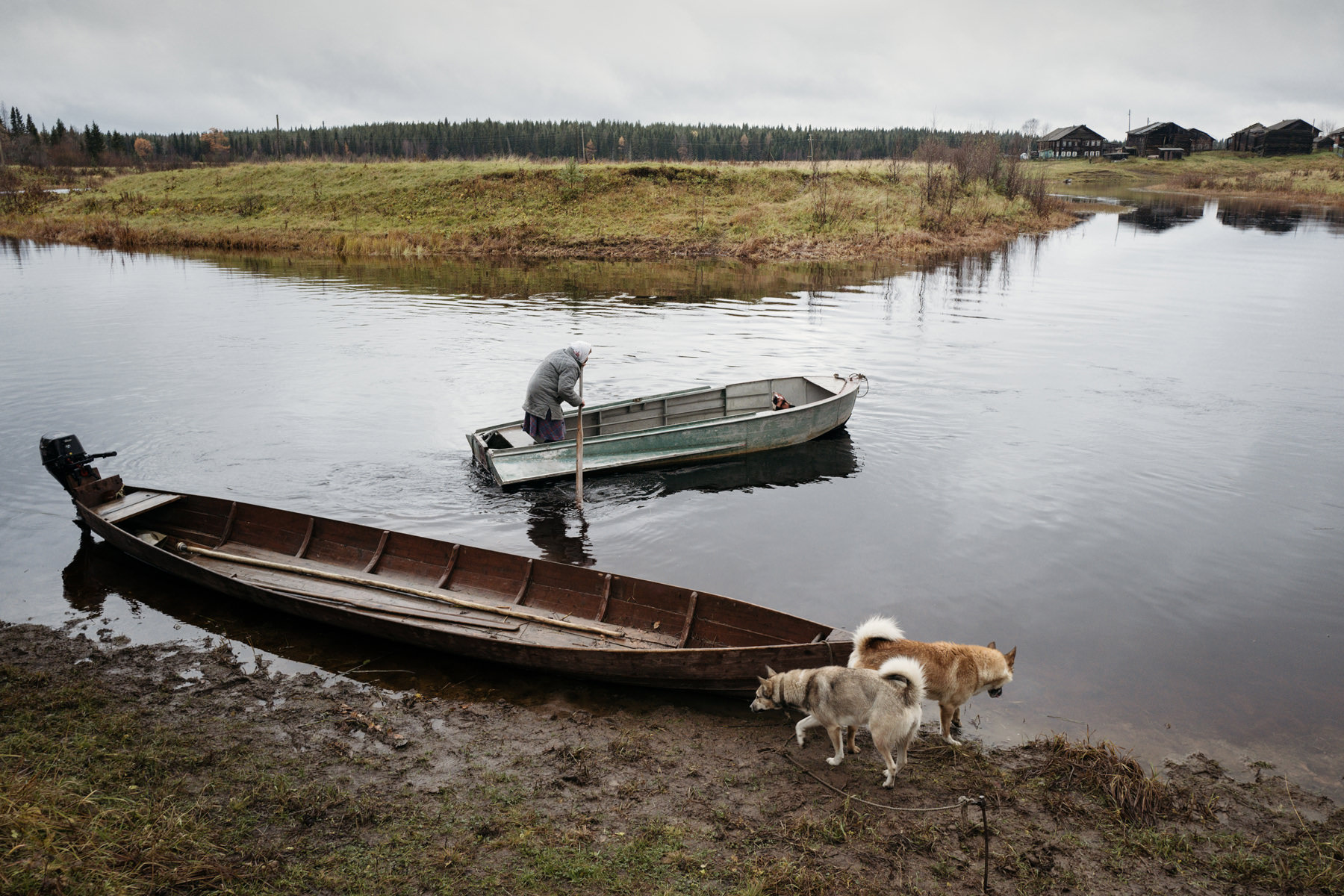
“For me, the process of photography is both a quest for moments that show the beauty of daily life and a search for the means that can express it to the viewer.”
When you take photos, do you ever have a theme/project in mind?
It depends, sometimes I just take my camera and go out, without any preconceptions or thoughts, just looking for interesting moments, driven by intuition alone. Then there are times when I’m consciously working on a project I usually plan the shoot well in advance and keep the main theme in my mind when I do shoot. But I never plan out the actual images I want to get. Life is far more diverse than we can plan and too unpredictable to control. You never know where and when you’ll get lucky.
Do you think there are ethical limits in street photography? Do you think it’s possible to shoot everything and everybody?
I think that there are indeed ethical limits in photography on the street but every photographer has to decide for themselves where to draw the line. I always treat my subjects with respect and would likely never photograph something that would show a person in the wrong light.
Are there any photographers or artists who inspired you or influenced your way of creating street photography?
I always found inspiration in the works of Henri Cartier-Bresson, Josef Koudelka, Sebastiao Salgado, Alex Webb. And on the Russian side I’d name: Vladimir Semin, Gennady Bodrov, Valery Schekoldin, Vladimir Sokolaev, Ljalja Kuznetsova.
As to artists, there are many, but they influence me as an artist/painter — Robert Falk, Paul Cezanne, Henri Matisse, Giorgio Morandi.
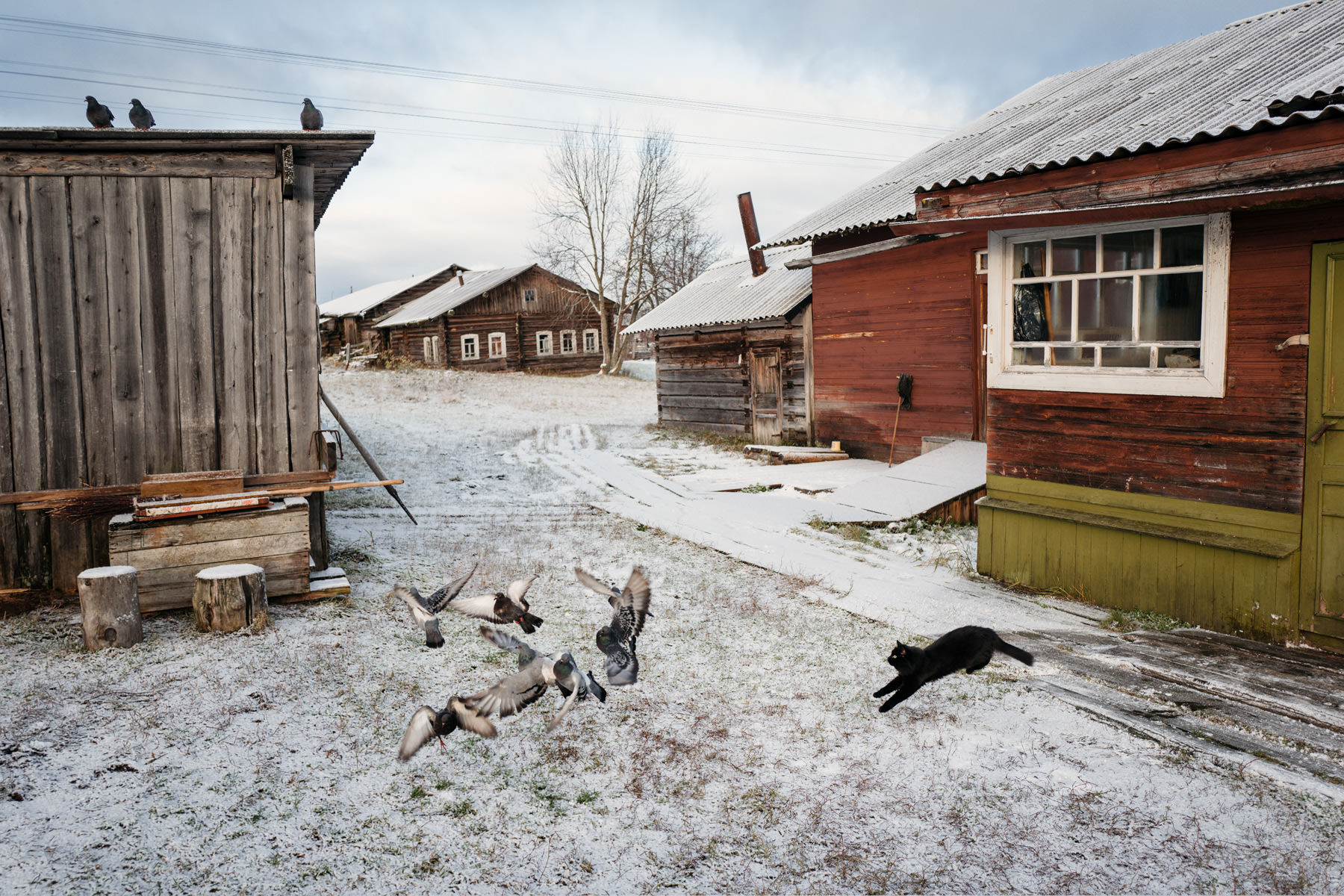
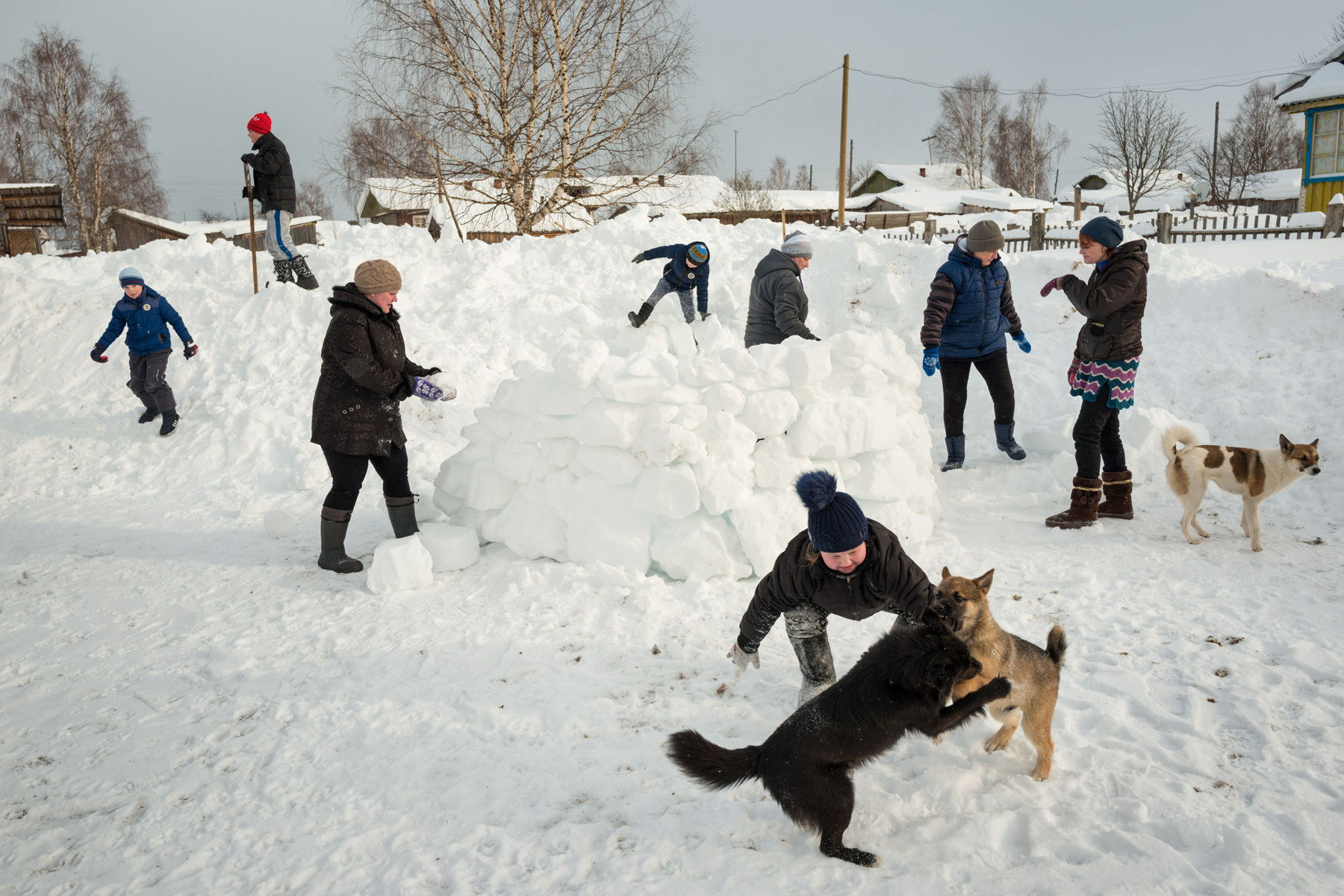
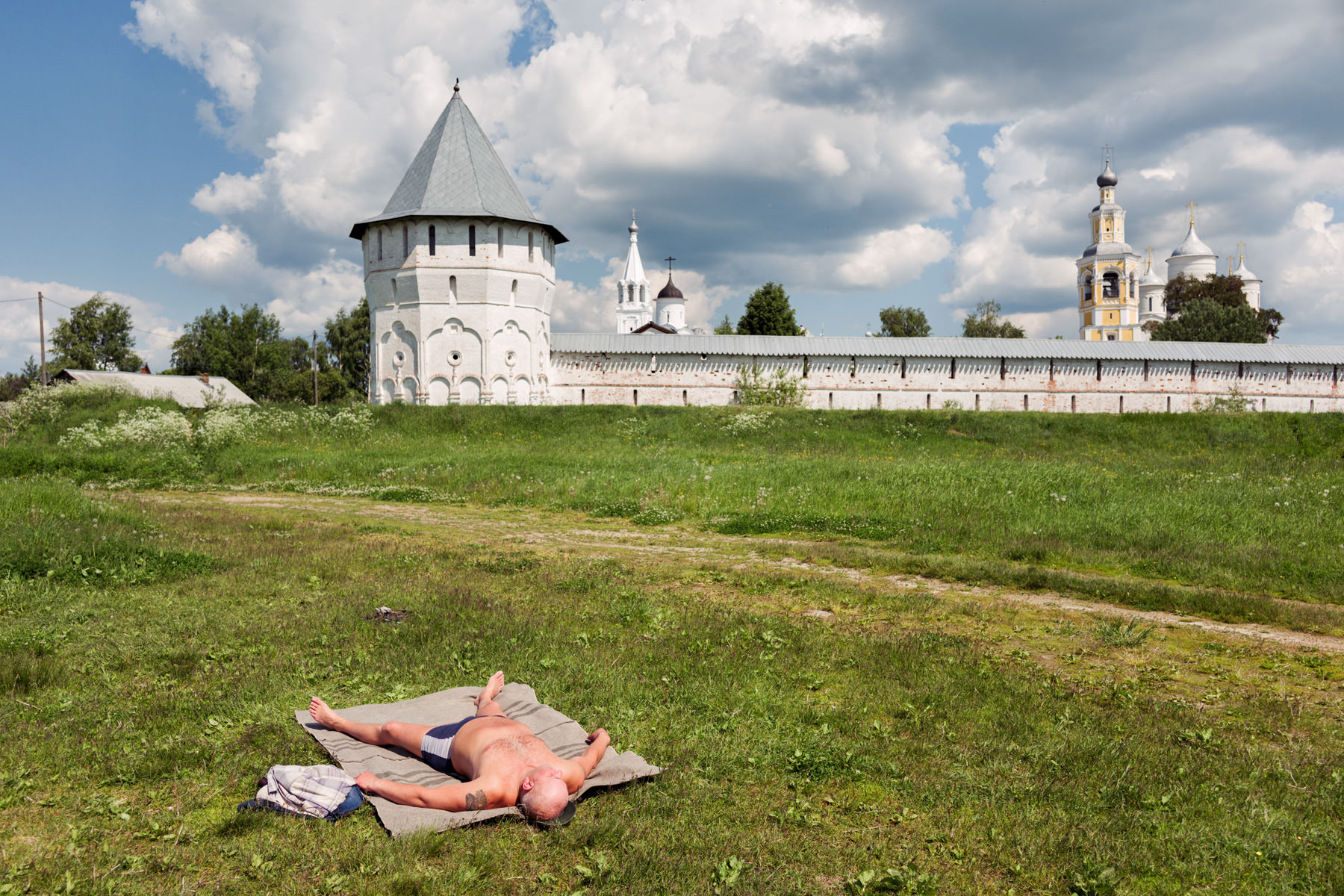
What does art mean for you? And which, do you think, are the opportunities that art can provide to the street photographers who choose to express their identity through that discipline?
My life is directly connected to visual art. As I said before, prior to diving into photography I trained as a painter, spent years studying art and art history, spent hours in museums. My own experience as an artist influenced me as a photographer indeed.
I believe that learning art deepens one’s culture and helps develop visual perception. Our eyes get sensitized to nuances and detail. As the Russian painter Karl Bryullov said: “Art begins where the tiny begins”.
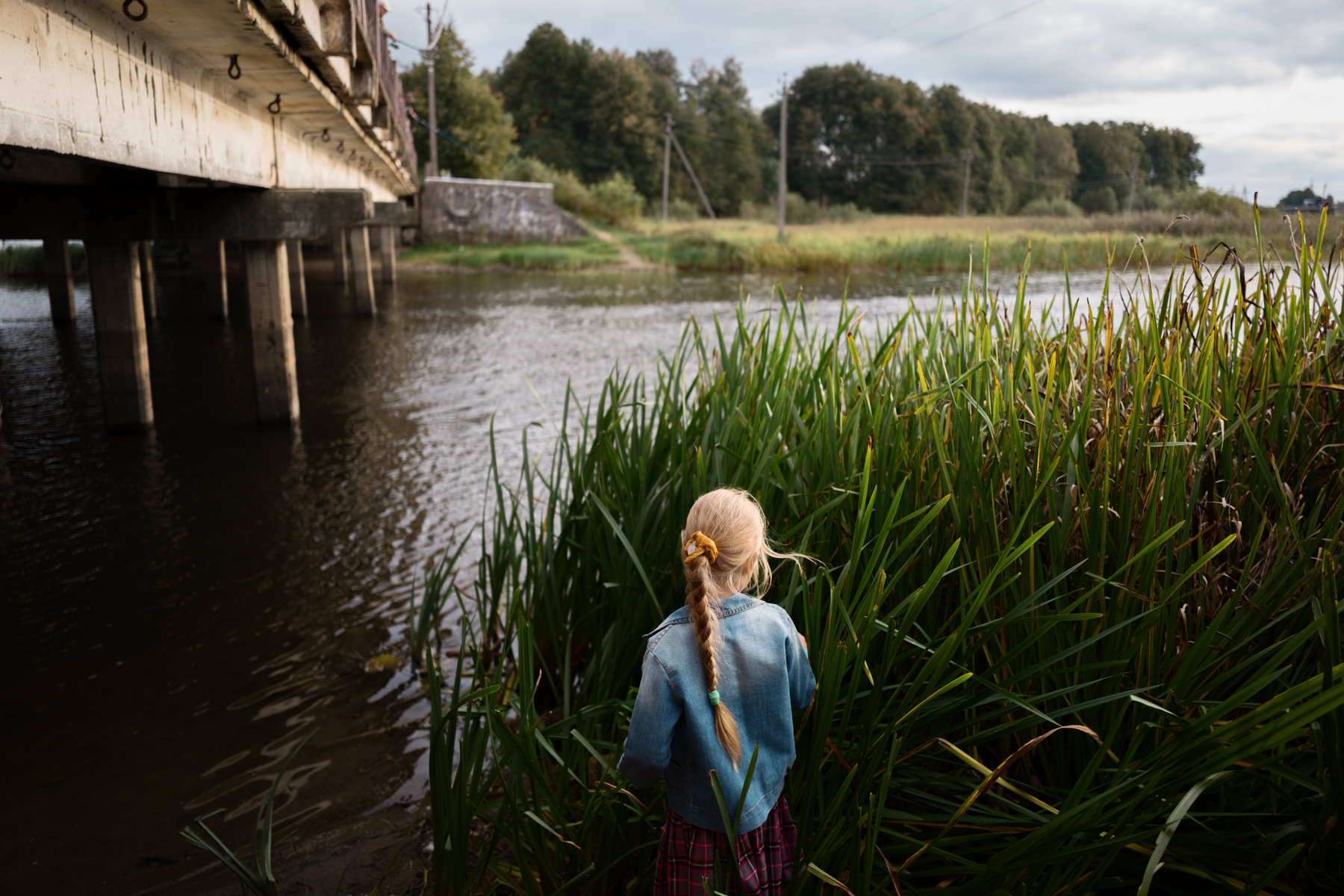
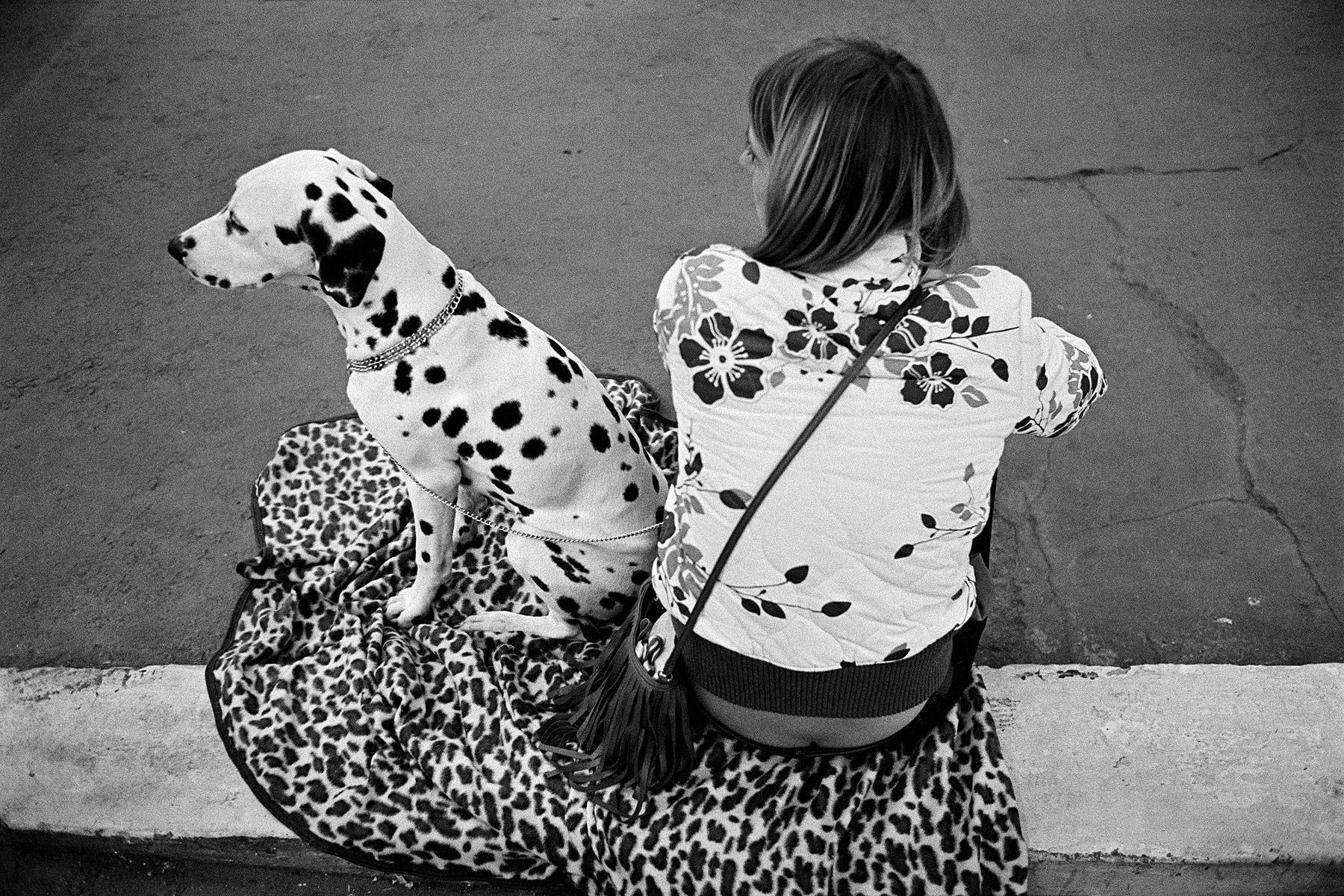
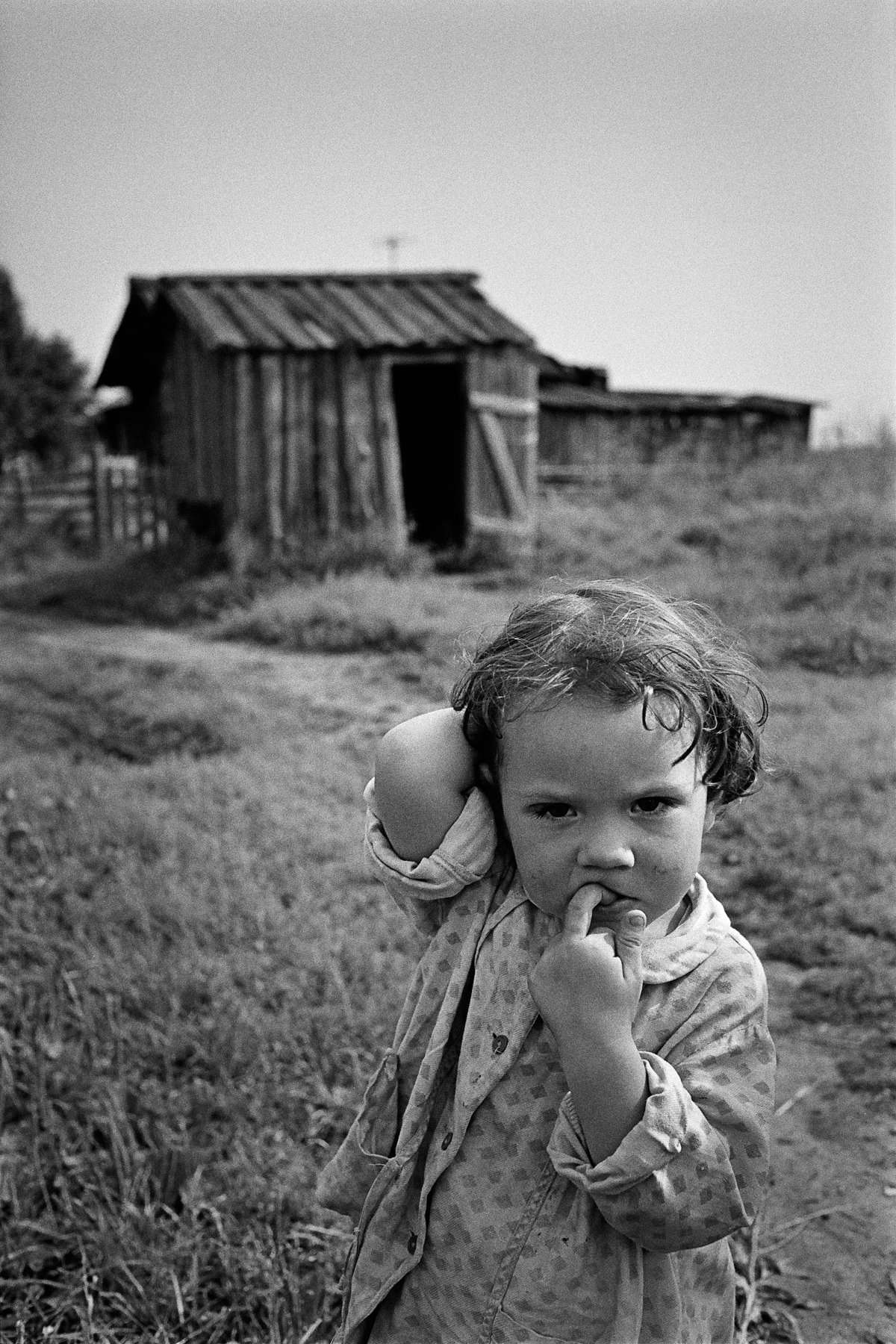

Are you currently working on any project?
Yes, I’m currently working several projects in parallel. Among them is “Mezen: By Sky’s Edge”, an exploration of the vanishing villages of northern Russia, mainly on the banks of Mezen river.
Which are your favorite photography books?
- “Istanbul” by Alex Webb
- “Exiles” and “Gypsies” by Josef Koudelka
- “His Life and Work” by Andre Kertesz
- “Sightwalk” by Gueorgui Pinkhassov
What advice would you give to someone who is starting to do street photography?
Photograph what touches you, be honest and critical to yourself, ignore the fashionable and trendy, and do not be afraid to go your own way.
Thank you!
EMIL GATAULLIN BIOGRAPHY
Born in 1972, based in Moscow, Russia. Graduated from Moscow Art Institute in 1999. Published in GEO, LFI Magazine, The New York Times, B+W Photography, Foto Magazine, Schwarzweiss, Russian Reporter among others. Exhibited in Russia, Germany, France, Austria, Italy, Lithuania, Hungary and Slovakia. Won many awards including Monovisions Photography Awards 2017, PhotoVisa 2015, The Alfred Fried Photography Award 2014. Personal retrospective book “Towards the Horizon” published by Edition Lammerhuber in 2016.
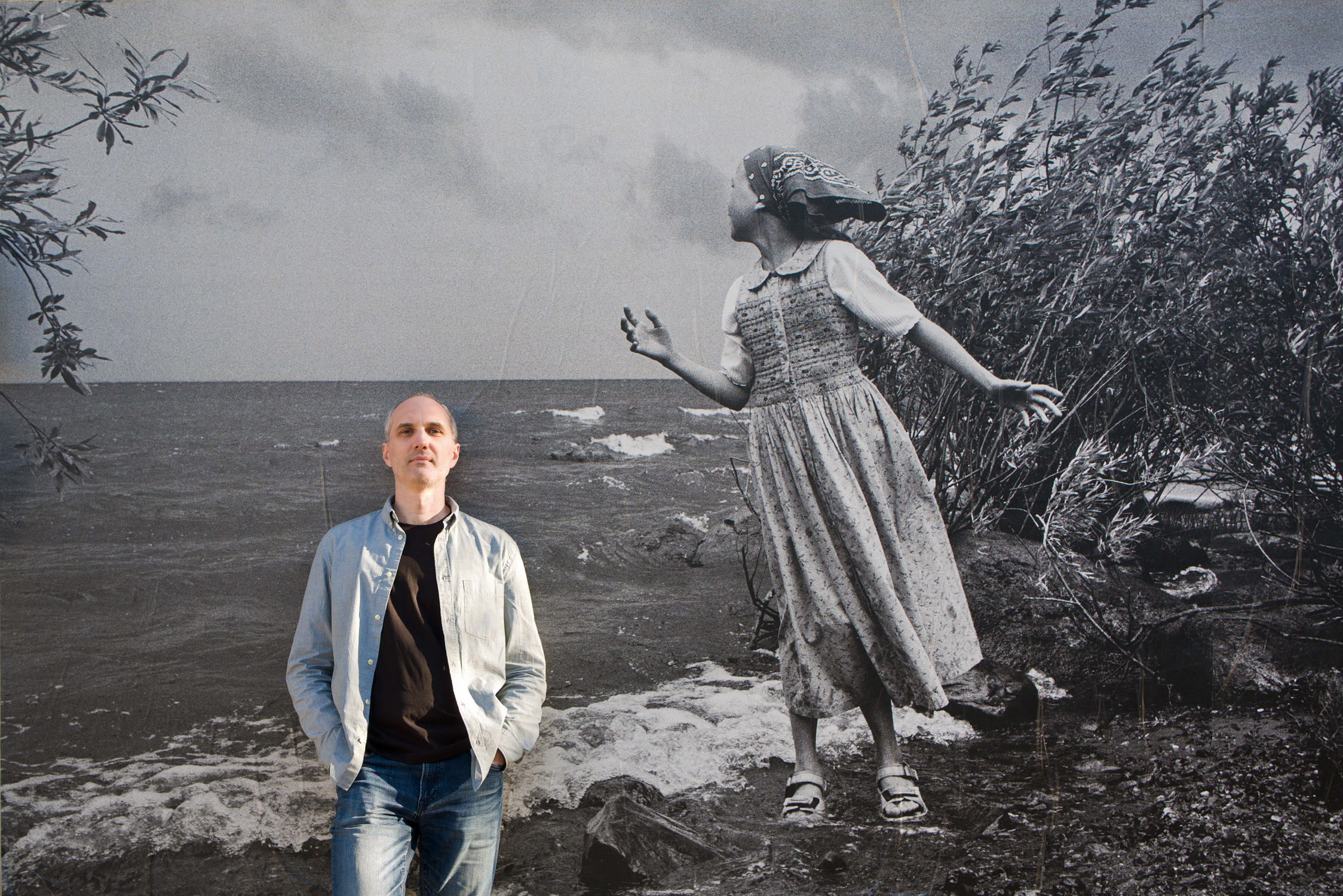
Emil Gataullin Links:
Website: http://www.emilgataullin.com
Instagram: https://www.instagram.com/emilgataullin
Facebook: https://www.facebook.com/emil.gataullin.3

